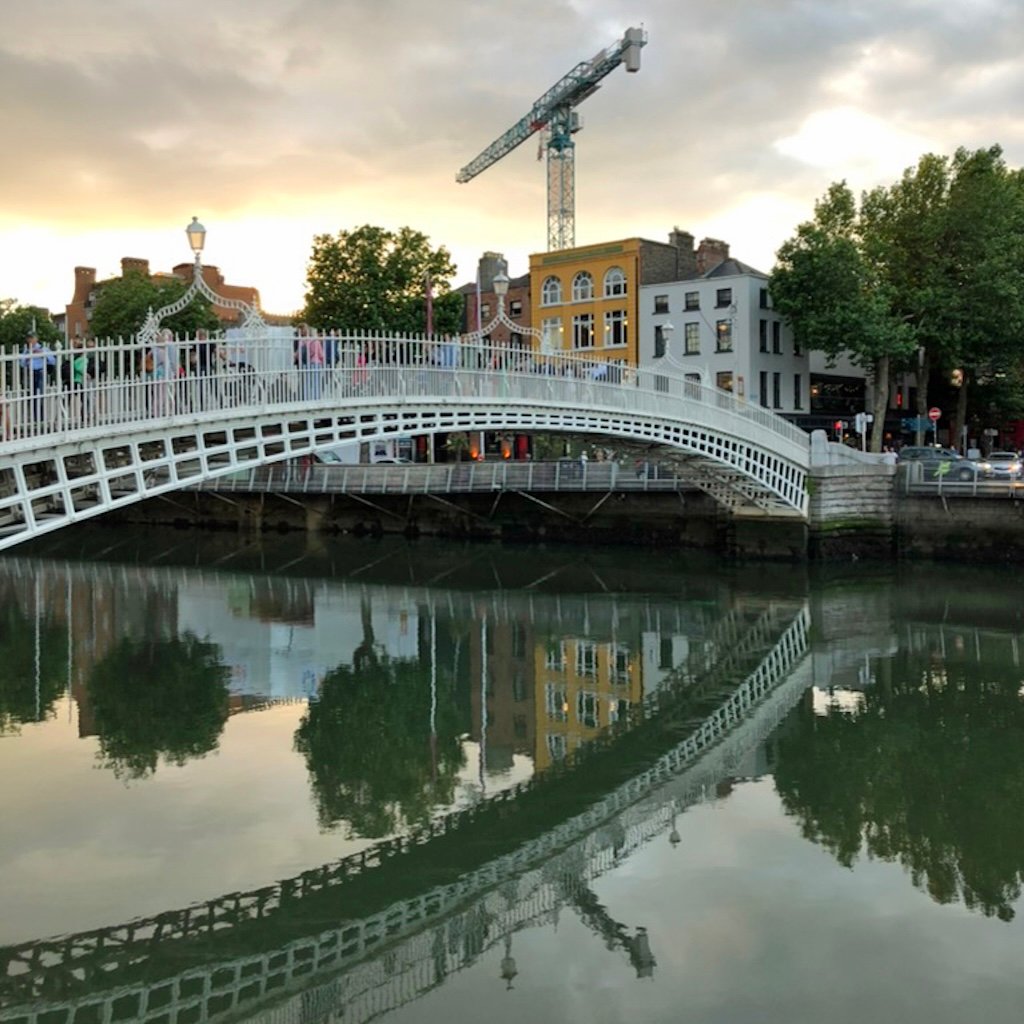As you plan your trip to Dublin, here is a curated listing of some of the most popular landmarks and attractions in the city, not already mentioned in the Top Things to Do in Dublin. For more in-depth information on Dublin landmarks, check out our blog post: Exploring Dublin Landmarks: From Trinity College to Dublin Castle.
Dublin Travel Guide
So, you're planning a trip to Dublin? Our Dublin travel guide will help you figure out how to plan a trip to Dublin step by step. Dive into our comprehensive Dublin Travel Guide covering everything you need to know about the Emerald Isle's largest city and the must-do experiences awaiting you.

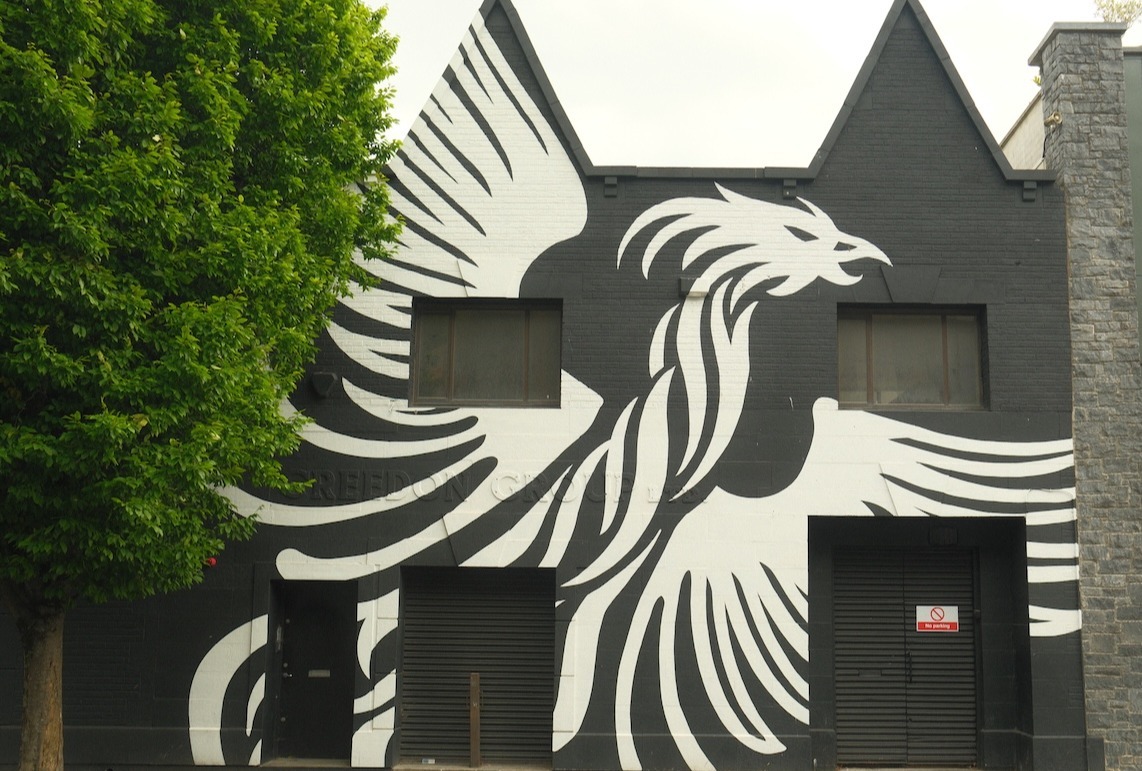

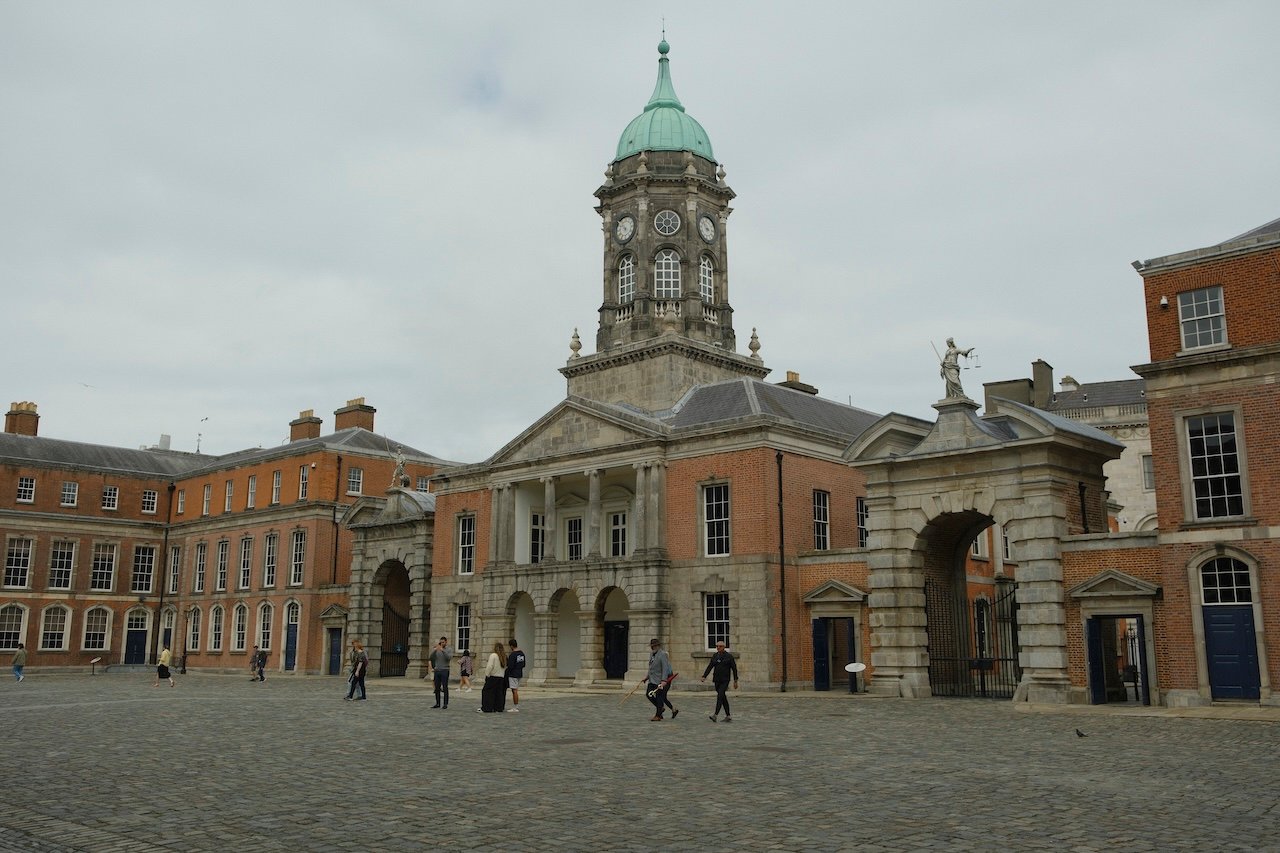
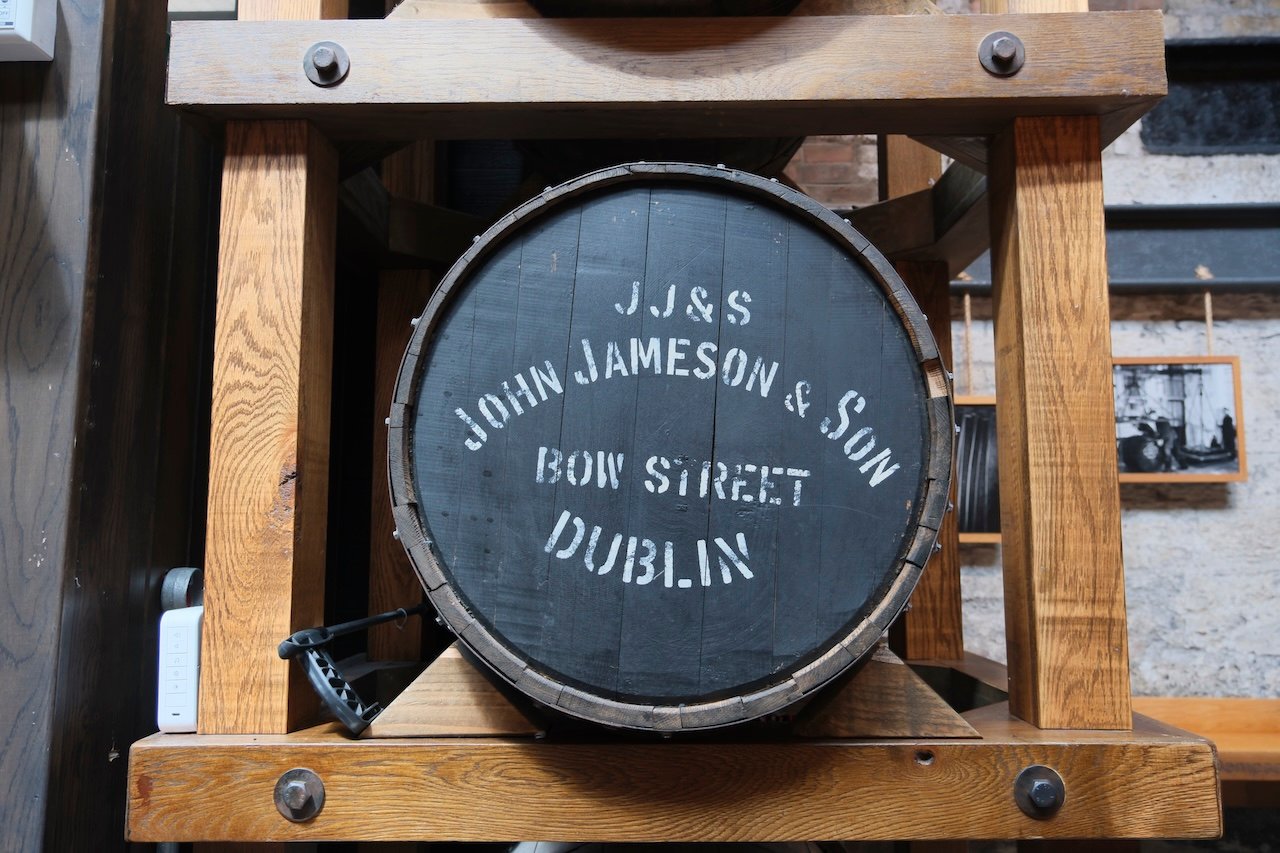
Disclaimer: This webpage contains affiliate links. That means we may earn a small commission or receive compensation if you click on a link and make a purchase or take action - at no additional cost to you. These partnerships help support the content we create and maintain this website.
Dublin Travel Guide: An Introduction
Dublin is a city where Viking roots, revolutionary spirit, and literary greatness echo through the cobblestone streets and pubs. Founded by Norse settlers more than a thousand years ago, Dublin has long been a place of strategic and cultural importance. The city played a pivotal role in Ireland's fight for independence, with the 1916 Easter Rising taking place in the city, an event that ultimately set the course for a free Irish state.
As the capital of the Republic of Ireland and the largest city on the Emerald Isle, Dublin today is a vibrant city. Dublin is a hub of both creativity and commerce that still proudly honors its past. The city has inspired generations of writers, from James Joyce to Oscar Wilde, and remains a UNESCO City of Literature. Literary landmarks and bookstores dot the city and no visit to Dublin is complete without seeing the Book of Kells, an incredible 9th-century manuscript of the four Gospels of the New Testament housed at Trinity College.
What sets Dublin apart compared to other European capital cities is its compact size and easy accessibility. You can cover a lot of ground in just a few days, from touring centuries-old landmarks like Dublin Castle and St. Patrick’s Cathedral to exploring modern cultural hubs like the Irish Museum of Modern Art (IMMA) or the lively pubs and restaurants in neighborhoods like Temple Bar and Portobello. History is not exclusively tucked away in museums here, it is visible in the streets, the architecture (ranging from Medieval to Georgian, and Contemporary), and even the pubs, many of which have been around for hundreds of years.
Of course, no Dublin travel guide would be complete without mentioning the weather. Nicknamed the Emerald Isle for its lush, green landscapes, Ireland (and, Dublin, in particular), offers a climate that is mild, but damp year-round. Temperatures rarely drop below freezing in winter and during the summer, temperatures typically stay below 77°F (25°C). While you will likely encounter some rain, a soft drizzle only adds to the city's charm.
Whether you are strolling the banks the River Liffey, exploring the city's Georgian architecture, or enjoying a pint at a local pub with traditional music, Dublin invites you to slow down, look closer, and uncover its history. Here are some additional facts about Dublin:
- Dublin's name comes from the Irish Dubh Linn, meaning "black pool," a reference to the dark tidal pool that formerly existed where the River Poddle met the River Liffey.
- The Long Room at Trinity College is rumored to be the inspiration behind the Jedi Archives in Star Wars Episode II: Attack of the Clones and houses over 200,000 rare books.
- Dublin has over 750 pubs, and the oldest - The Brazen Head -claims to have been serving pints since 1198 AD.
- The Guinness Storehouse is Ireland's most-visited attraction and Arthur Guinness signed a 9,000-year lease on the brewery site in The Liberties neighborhood in 1759.
Dublin Travel Guide: Things to Do, Where to Eat, & More
Top Things to Do in Dublin
This section showcases the top attractions in Dublin for any type of traveler. Afterall, no Dublin travel guide would be complete without a curated selection of the island's top things to do! Dublin is a vibrant and historic capital city filled with rich culture, literary landmarks, and quaint pubs on every corner. Whether you are here for a quick city break or planning a longer stay, these are the can’t-miss attractions and top things to do in Dublin, Ireland.
We've highlighted all the attractions we visited and adored with the universal symbol of love, ♡.
-
Guinness Storehouse: ♡ The Guinness Storehouse is arguably one of the city's most iconic attractions. Housed in the seven-story former fermentation plant at St. James's Gate, the Guinness Storehouse immerses you in the history, culture, and craft of Ireland's most famous beer. From learning how Guinness is brewed to exploring its legendary advertising campaigns, a visit to the Guinness Storehouse is both interactive and immersive. It all culminates at the Gravity Bar, where you will enjoy a perfectly poured pint of Guinness with panoramic views of Dublin. Due to the popularity of the Guinness Storehouse, tickets should be purchased online, in advance of your visit.
-
The Book of Kells: ♡ Located inside the historic Trinity College Library, the Book of Kells is one of Ireland's greatest treasures, a 9th-century illustrated manuscript containing the four Gospels of the New Testament. A visit to see the Book of Kells begins with an exhibition that walks you through the artistry, symbolism, and spiritual significance of the manuscript, before leading you to see the book itself. The visit culminates with the Long Room, one of the most incredible libraries in the world, home to some 200,000 rare books. If you book the Book of Kells Experience, which includes admission to the new digital exhibition in the Red Pavilion, you will also be treated to an immersive experience that showcases the history and artistry of the book itself, while also learning more about the Long Room and the books inside of it. The Long Room, as well as its extensive book collection, will close to the public for conservation work beginning in late 2027. During this time, the Book of Kells will be displayed in the newly-restored Printing House at Trinity College. Due to the popularity of the Book of Kells, tickets should be purchased online, in advance of your visit.
-
Dublin Castle: ♡ Standing at the crossroads of Viking, medieval, and British rule, Dublin Castle is a symbol of the city's complicated past. While the castle you see today is largely a Georgian-era structure, its roots date back to the 13th century. Once the seat of the British administration in Ireland, the castle played a pivotal role in the handover of power following Irish independence. Visitors can tour the lavish State Apartments and St. Patrick's Hall on a self-guided tour. Daily guided tours are also available to see the Viking excavation site. If you are interested in visiting Dublin Castle on a guided tour, tickets should be purchased online, in advance of your visit.
- Visit Dublin's Whiskey Distilleries: ♡ Dublin was once the whiskey capital of the world, home to dozens of distilleries in the 18th and 19th centuries. However, changing tastes, Prohibition in the United States, and political turmoil led to a dramatic decline, with nearly all of the distilleries in Dublin closing or relocating outside of the city by the mid-20th century. Today, Dublin's whiskey industry is making a comeback and you can tour several world-class distilleries that are reviving the city's proud tradition. We recommend booking a tasting or experience at the distilleries in Dublin in advance of your visit.
- Jameson Distillery Bow Street: Jameson, the most famous Irish whiskey producer, offers engaging tours, cocktail-making classes, and tastings in their original location from 1780. Please note, the Bow Street location is no longer an active distillery. To see where Jameson is made today, you will need to visit their distillery in Midleton, County Cork.
- Teeling Distillery: Located in The Liberties, Teeling is an independent, family-owned operation known for innovation and small-batch releases. Teeling Distillery is largely credited for the Irish whiskey resurgence in Dublin, becoming the first operational distillery to open in the city in over 125 years when they opened their doors in 2015. Teeling offers guided tours through the working distillery, guided tastings, and unique whiskey cocktails at their Bang Bang Bar.
- Pearse Lyons Distillery: Housed in a restored 18th-century church, Pearse Lyons is a small-batch whiskey distillery in Dublin. Pearse Lyons offers a whiskey distillery tour and tasting experience that blends history, storytelling, and craftsmanship. The relatively small-scale tour feels personal and uncommercialized.
- Kilmainham Gaol: Kilmainham Gaol is not just a former prison, but one of Ireland's most poignant and powerful historical sites. Many of the leaders of the 1916 Easter Rising were imprisoned and executed here, and a visit offers a sobering look at the cost of Ireland's fight for freedom. Guided tours lead you through the cold stone cells and echoing corridors while recounting the stories of political prisoners, revolutionaries, and ordinary people caught in the tides of history. It is not a fun or easy visit, but it is an essential one for anyone seeking to understand the emotional and human side of Ireland's path towards independence. The guided tour lasts for one hour and your visit ends in the museum. Tickets for Kilmainham Gaol tours go on sale 28 days in advance and do sell out. However, extra tickets may be released at 9:15 AM for same-day tours on the Kilmainham Gaol website.
-
Saint Patrick's Cathedral: Ireland's largest cathedral, Saint Patrick's is both a stunning example of Gothic architecture and a place of spiritual significance. Build in 1191 AD near the site where Saint Patrick is said to have baptized converts, the cathedral has stood witness to centuries of Irish history.Today, it serves as the national cathedral of the Church of Ireland, a Protestant denomination, making it particularly notable in a country where Catholicism has long been the majority faith. Its presence is a reminder of Ireland’s complex religious history and shifting cultural landscape. Inside, you will find beautiful stained glass, impressive tombs, and memorials (including one to Jonathan Swift, the author of Gulliver's Travels and former dean of the cathedral).
-
National Museum of Ireland - Archaeology: If you are curious about Ireland's ancient path and Viking roots, the National Museum of Ireland - Archaeology is full of discoveries. The museum's exhibits include ornate Celtic gold jewelry (including the Tara Brooch) and a 4,500-year-old logboat. Admission to the museum is free.

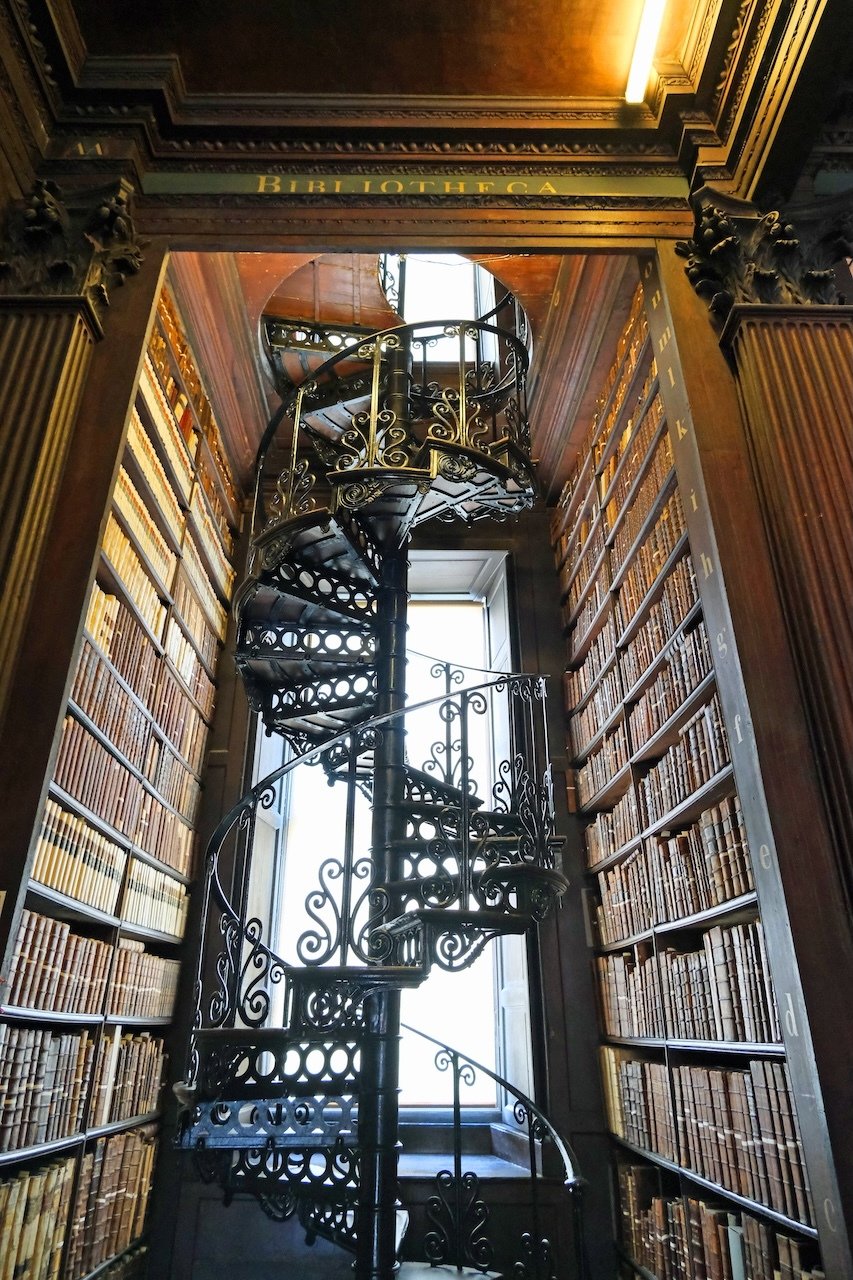
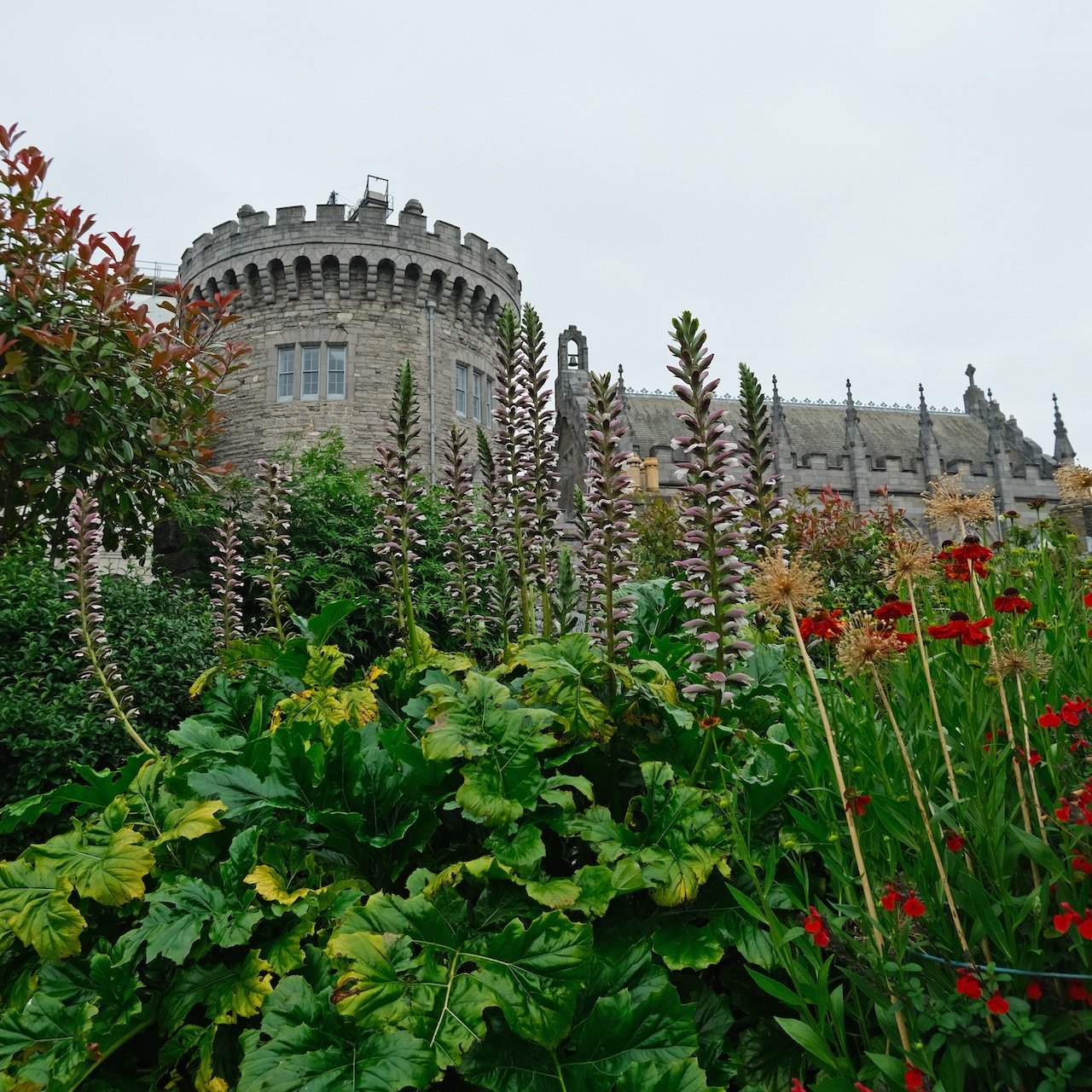
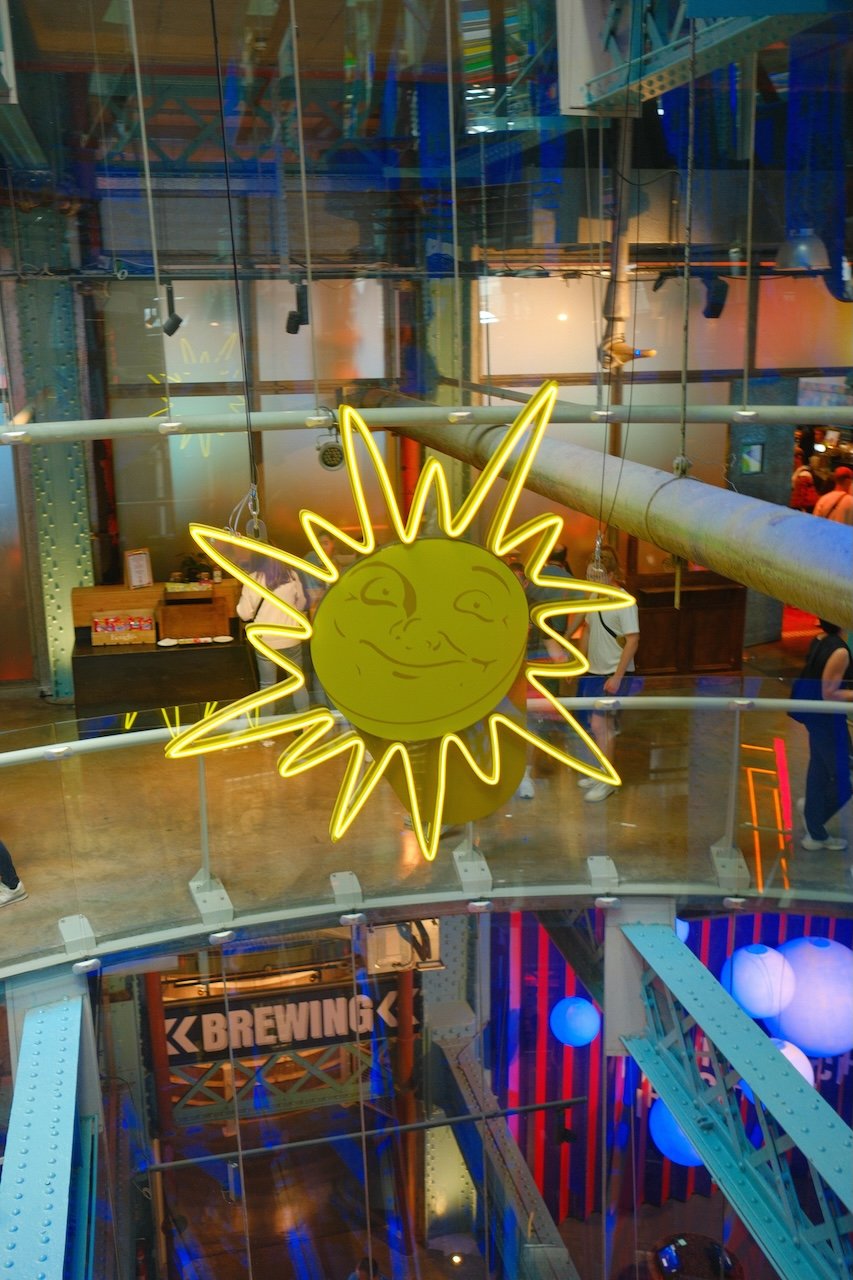
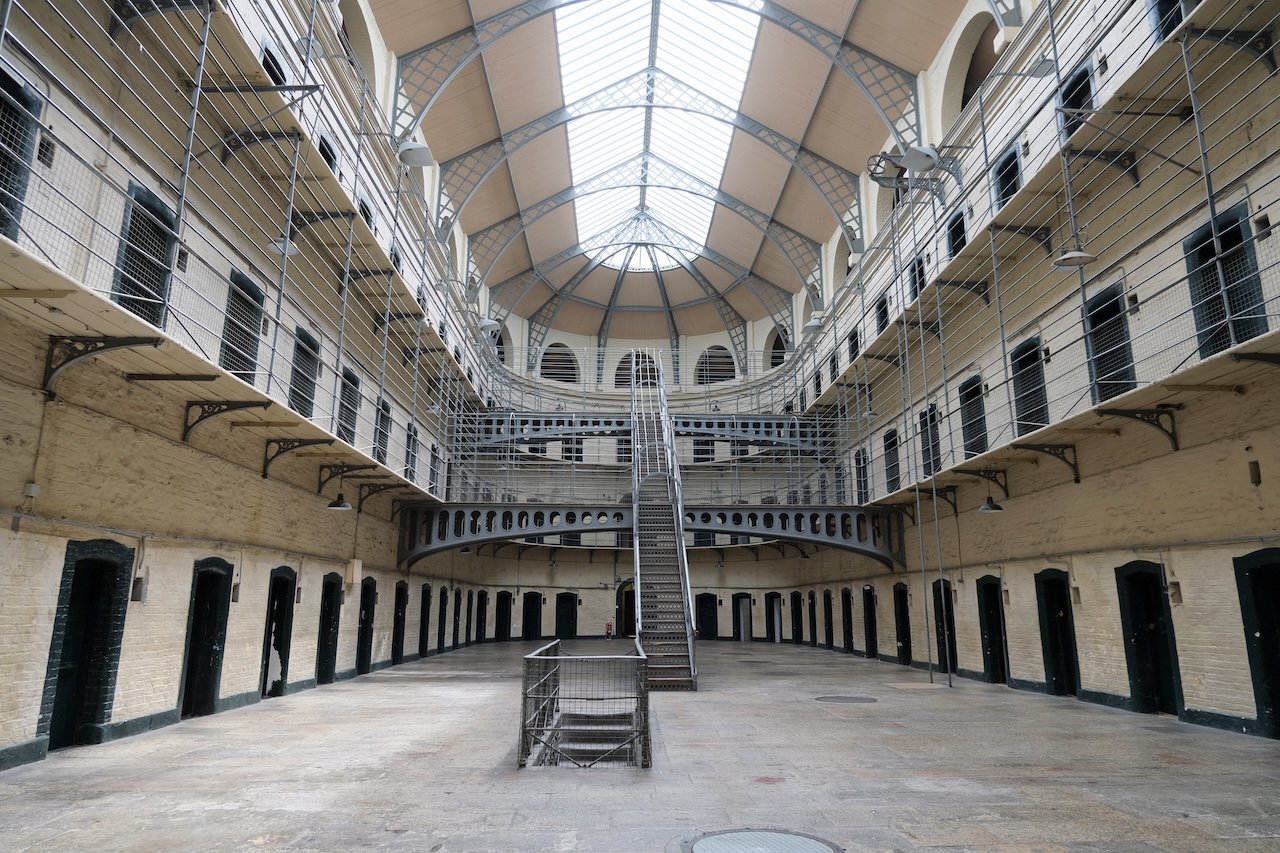
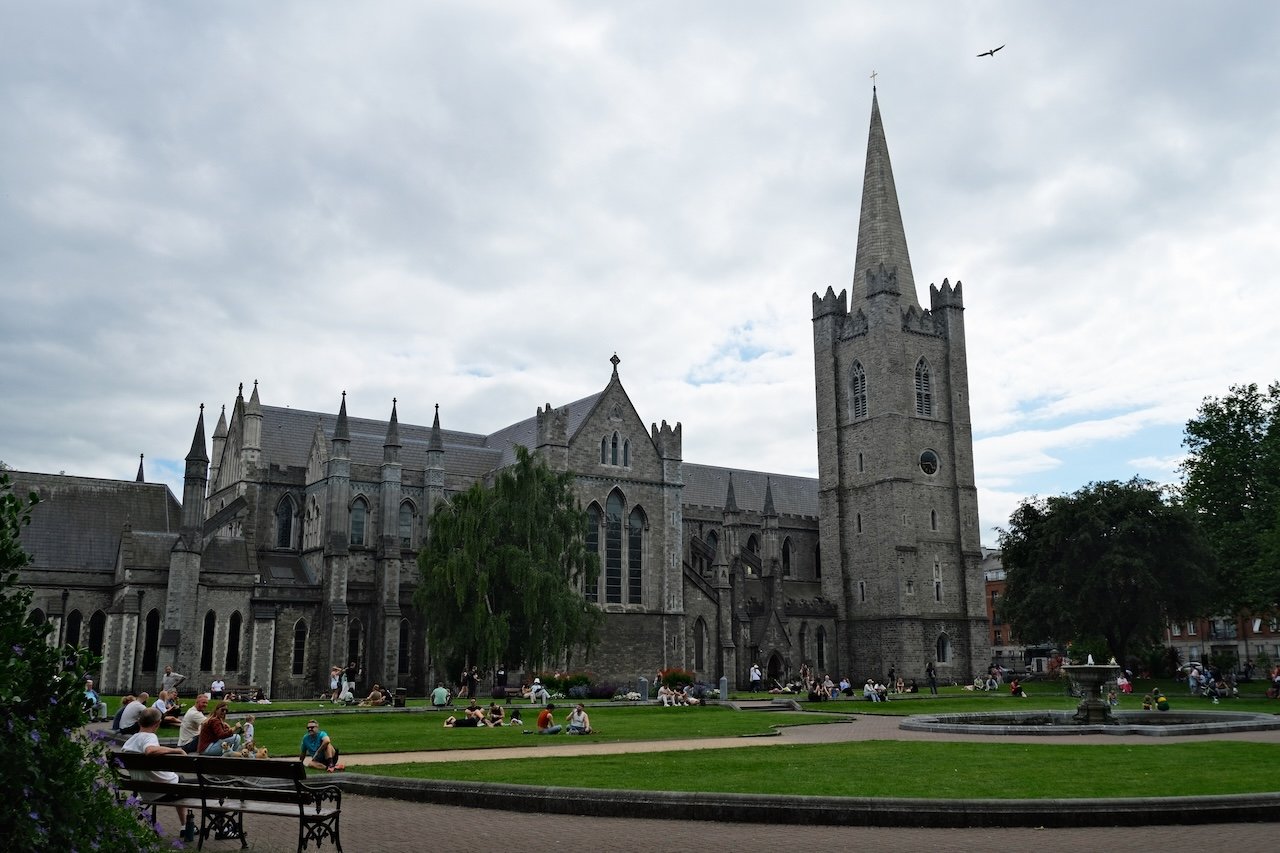
Don't Miss This: Dublin City Pass (MegaPass)
Make the most of your time in Dublin with the flexible and convenient Dublin City Pass from MegaPass. This all-in-one sightseeing pass includes admission to must-see attractions like the Jameson Distillery Bow Street (with tastings included), a guided walking tour of Dublin, internet data via eSIM, and a 24-hour hop-on hop-off bus tour which is the perfect way to explore the city at your own pace. You can also customize your pass by adding extra Dublin attractions to suit your interests and itinerary. It is one of the best ways to save time and money while discovering the best things to do in Dublin!

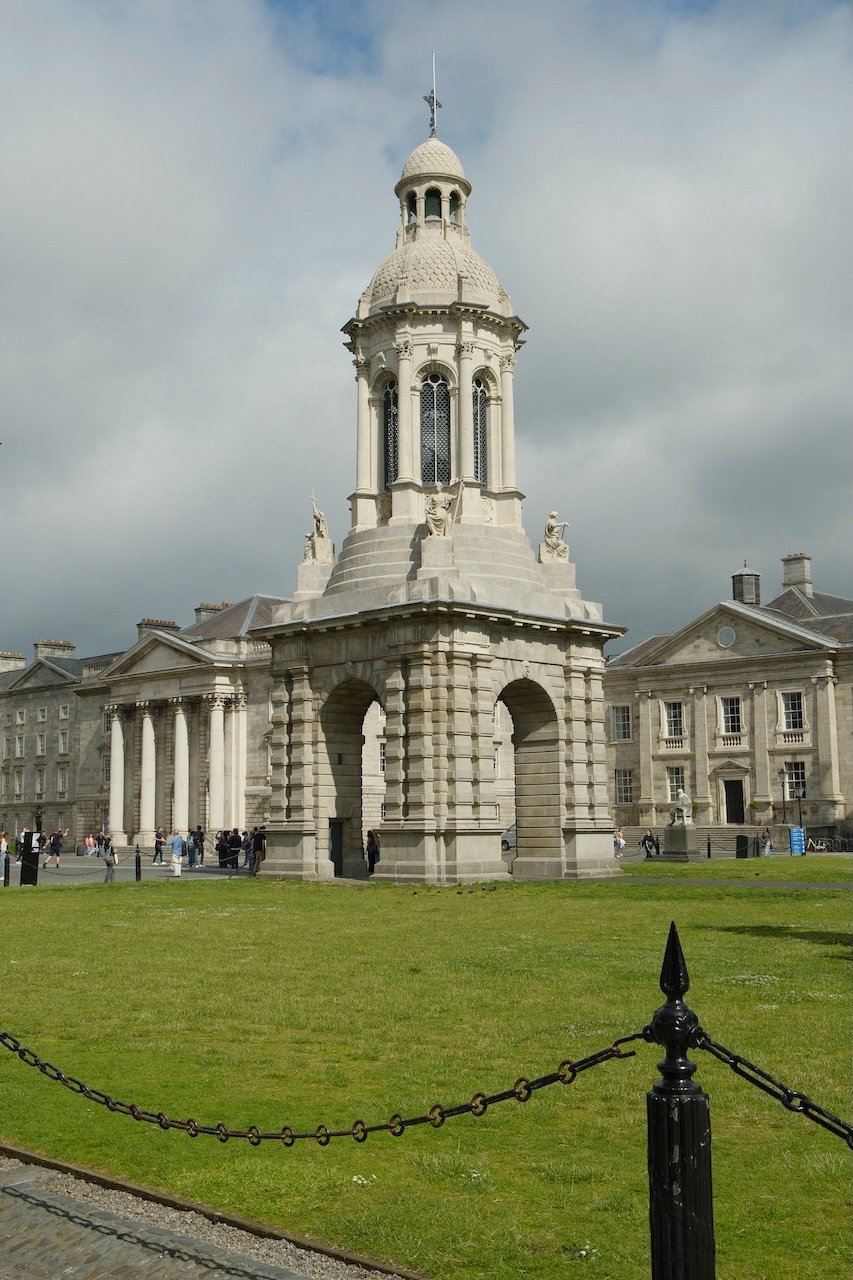
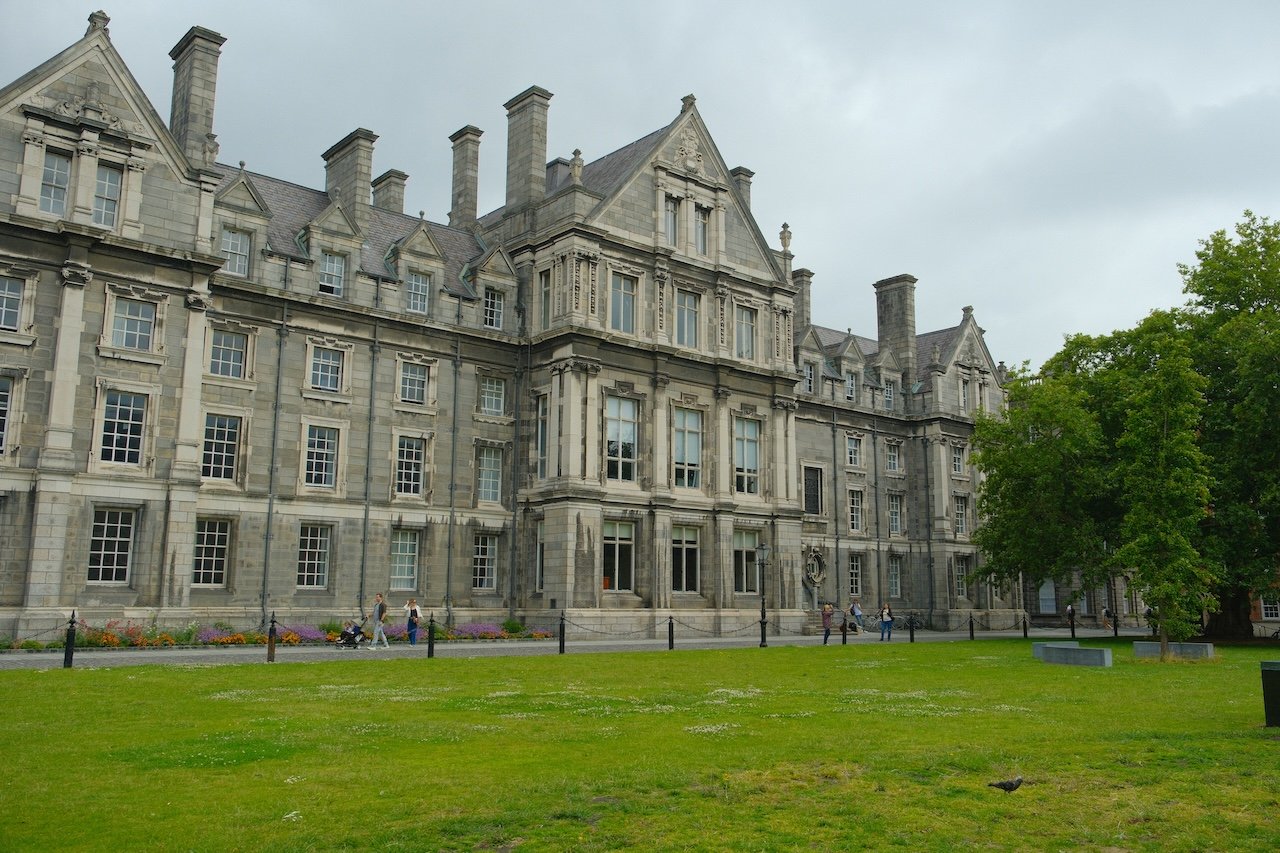
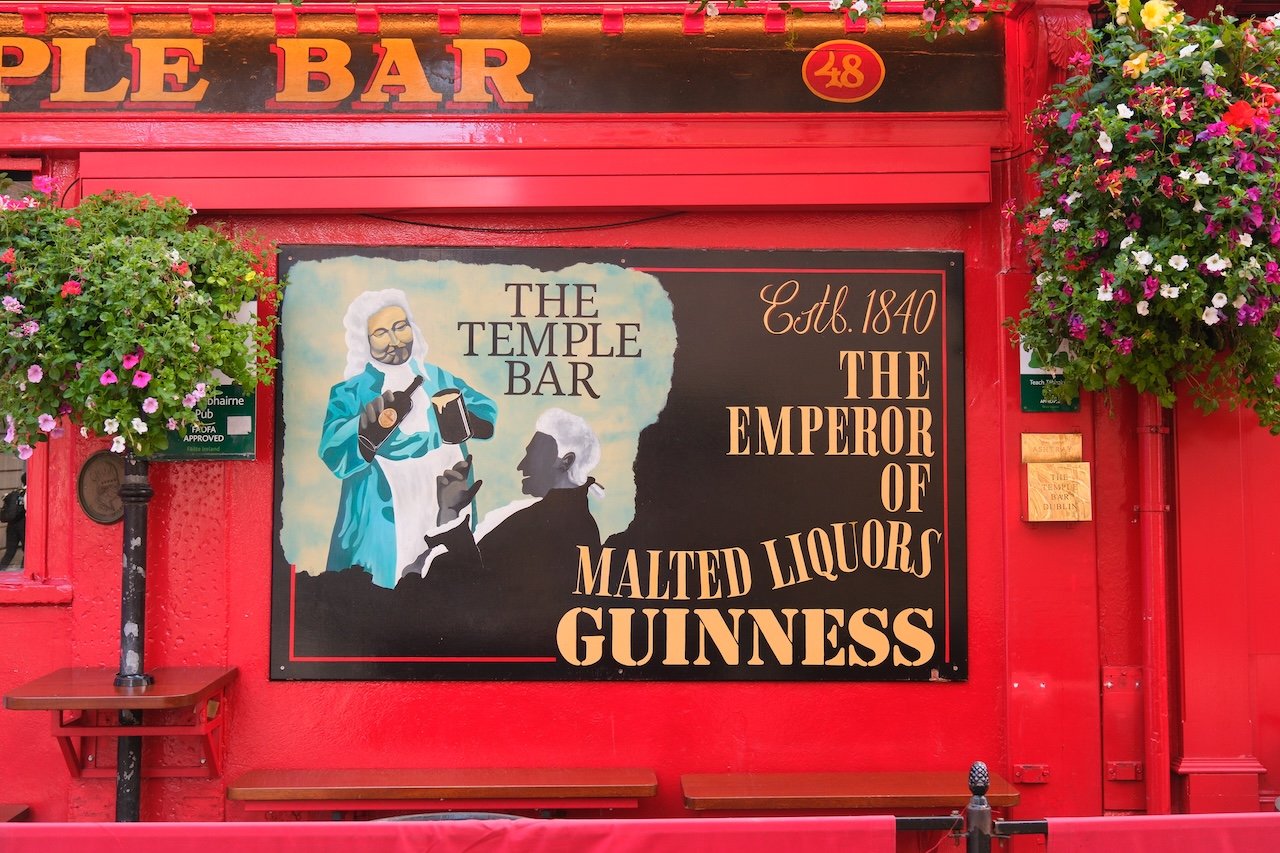
Landmarks & Attractions in Dublin
- Trinity College Dublin: Founded in 1592, Trinity College is Ireland's oldest university and one of the most beautiful in Europe. While the university serves as the home of the Book of Kells, there is more to see than the Longroom and iconic manuscript. The Campanile Bell Tower (built in 1853) stands in Library Square and marks the academic center of the campus. Daily guided tours of the Trinity College campus are available, sharing insights about the university's history and taking you inside some of the most incredible buildings on campus. The Trinity Trails tours should be booked online, in advance of your visit.
- Molly Malone Statue: Constructed in 1988, this bronze statue commemorates the fictional fishmonger immortalized in Dublin's unofficial anthem, the folk song: Cockles and Mussels. Beyond the tourist photo-op, Molly Malone symbolizes Dublin’s blend of folklore and music.
- Dublin City Hall: Just steps from Dublin Castle, Dublin City Hall is another example of 18th-century Georgian architecture in the city. Originally built as the Royal Exchange, this building now serves as the city hall. Its grand rotunda, with soaring columns and a beautiful dome, is worth a quick visit.
- General Post Office: The General Post Office building on O'Connell Street was the center of the 1916 Easter Rising. Rebels seized the building, proclaimed the Irish Republic, and used it as their headquarters. The uprising was suppressed, but the General Post Office became a symbolic birthplace of Irish Nationalism. While much of the building was destroyed, its Georgian façade remains. If you are passing by, be sure to look for the bullet holes in the large columns outside. If you are looking to learn more about the General Post Office, check out this article from Atlas Obscura.
- Phoenix Park: As one of the largest city parks in Europe, Phoenix Park was once a royal hunting ground. Opened to the public in 1747, Phoenix Park stretches over 2.7 square miles (700 hectares) and is home to wild deer, Victorian gardens, Dublin Zoo, and Áras an Uachtaráin (the presidential residence). The park also has children's play areas, walking and biking trails, and other recreational spaces.
- St. Stephen's Green: St. Stephen's Green is a beloved public park in the heart of the city. Landscaped in the Victorian style, the park features winding paths, ponds, flowerbeds, and historical monuments. It is a favorite spot for locals and visitors alike. You can find St. Stephen's Green at the top of Grafton Street, making it a perfect spot to relax after shopping or sightseeing.
-
Ha'penny Bridge: This cast-iron footbridge, built in 1816, was Dublin's first pedestrian crossing over the River Liffey. The bridge earned its name because users paid a half-penny toll to cross the bridge when the bridge opened.
- Christ Church Cathedral: As Dublin's oldest medieval cathedral, Christ Church Cathedral is both an architectural masterpiece and a spiritual cornerstone of the city. Founded in the 11th century, the cathedral has served both Catholic and Anglican communities over its long history. Today, it is part of the Church of Ireland (Anglican) and is known for its beautiful interior, medieval crypt, and rotating exhibitions. Visitors can also see a mummified cat and rat on display, just one of the quirky features that this ancient site holds. If you are interested in visiting Christ Church Cathedral, you can obtain discounted tickets by booking online, in advance of your visit, on the Christ Church Cathedral website.
-
Grafton Street: Stretching from College Green to the north end of St. Stephen's Green, Grafton Street is Dublin's main pedestrian shopping thoroughfare. Dating back to the early 1700s, the street has transformed from a residential street into a renowned retail strip filled with shops (including Brown Thomas, Marks & Spencer, JD Sports, Disney Store, and more), cafés like Bewley’s, and street performers.
-
O'Connell Street: O'Connell Street is Dublin's grandest street and a focal point for political and historical landmarks. Previously called Sackville Street, the road was renamed after Irish nationalist leader Daniel O'Connell, whose imposing statue stands proudly near the river. The street is home to the General Post Office, site of the 1916 Easter Rising, and the Spire of Dublin, a modern 393-foot (120 meters) monument. O'Connell Street is a key artery through the city.
-
Temple Bar: Located on the south bank of the River Liffey, Temple Bar is the heart of Dublin's nightlife, featuring the densest cluster of pubs in the city. While this area is often overrun with tourists and many of the pubs are quite expensive by Dublin standards, the area still offers a lively atmosphere, colorful pubs, and plenty of traditional music that makes it worth a visit, especially if it is your first time in Dublin.
Dublin Travel Guide Quick Links
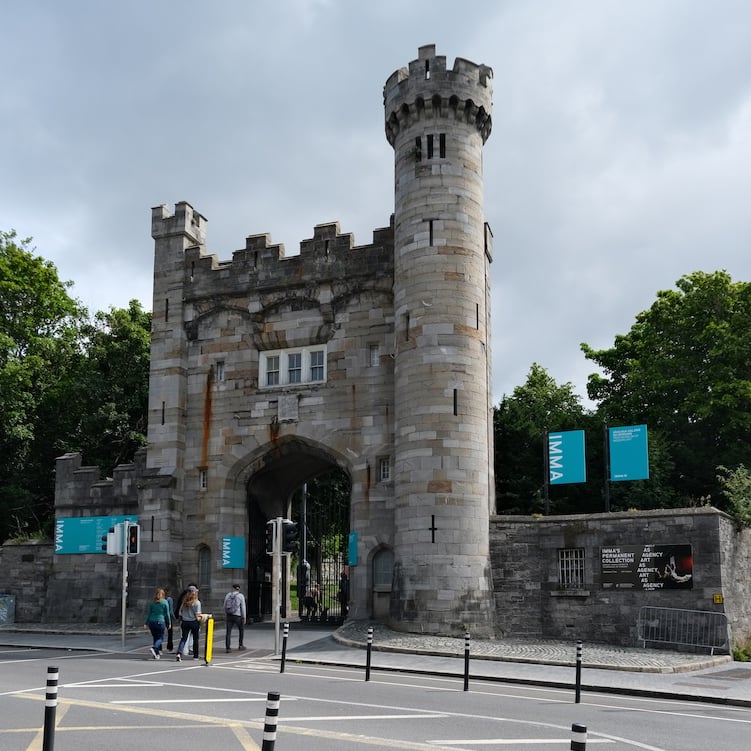
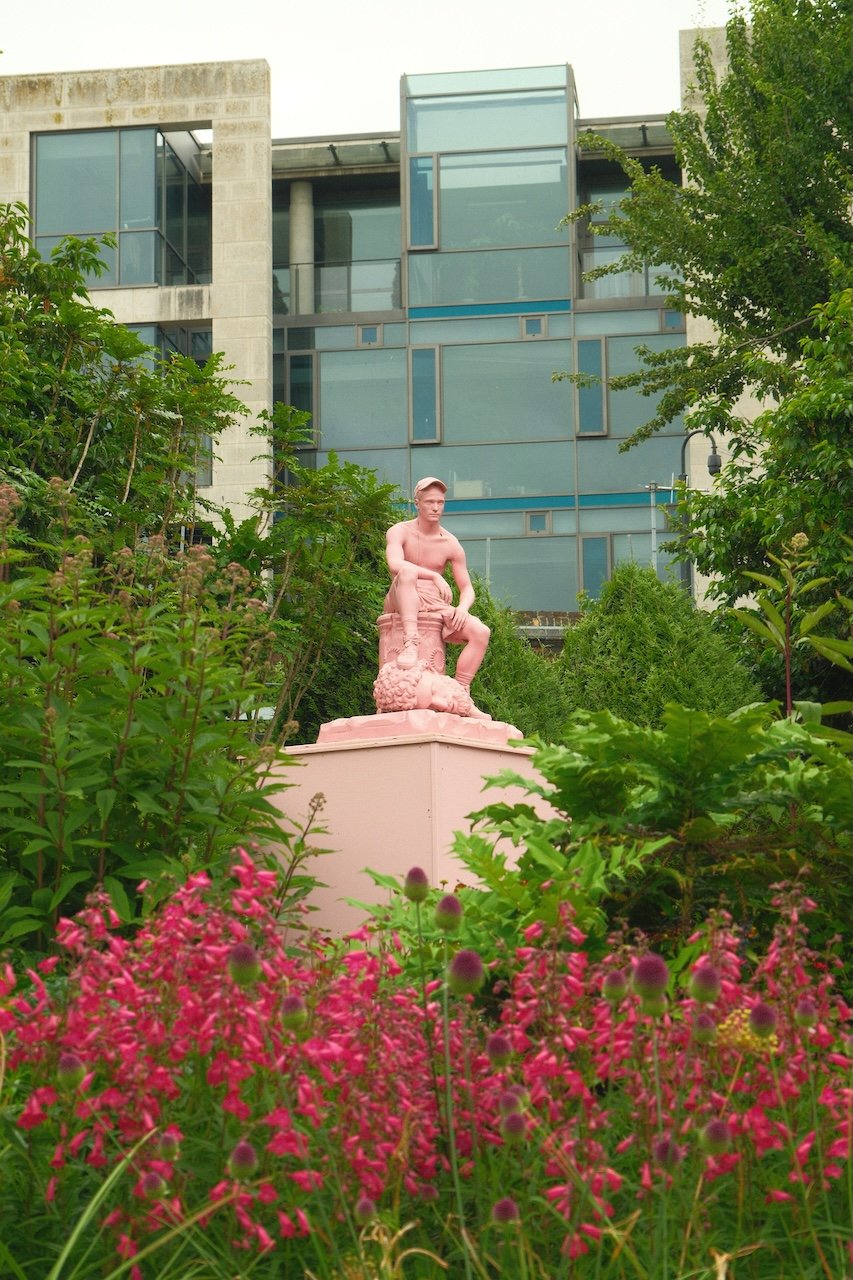
More Museums in Dublin
As you plan your visit, here are a few more popular museums in Dublin, not already mentioned in the Top Things to Do in Dublin.
-
Irish Museum of Modern Art (IMMA): Located in the historic Royal Hospital Kilmainham, built in the late 17th century and modeled on Paris’s Hôtel des Invalides, IMMA offers a striking contrast between elegant classical architecture and cutting-edge contemporary art. IMMA houses the Irish National Collection of over 3,500 works, from Irish and international artists dating mostly from the post‑1940 era. IMMA is set within approximately 48 acres of gardens and meadow and is a short walk from Kilmainham Gaol and the Guinness Storehouse. IMMA is closed on Mondays.
- EPIC The Irish Emigration Museum: Located on the banks of the River Liffey, EPIC The Irish Emigration Museum is an award-winning interactive museum that tells the story of the Irish diaspora. Housed in the beautifully restored CHQ Building, it explores the journeys of over 10 million Irish people who left the island and the global impact they made across politics, science, music, literature, and beyond. Instead of traditional artifacts, EPIC uses immersive technology, including touchscreens, motion-sensor displays, and audiovisual installations, to bring stories to life. The museum is not just about emigration, but it is also about identity, resilience, and cultural legacy, and it is a powerful stop whether you have Irish roots or not.
- Chester Beatty: Tucked behind Dublin Castle, the Chester Beatty is one of the best hidden gems in Dublin and one of its best free attractions. This museum houses the personal collection of Sir Alfred Chester Beatty, an American mining magnate and passionate collector of rare manuscripts, books, and artworks from Asia, the Middle East, North Africa, and Europe. The collection spans thousands of years and includes everything from papyrus manuscripts and Japanese woodblock prints to medieval European manuscripts and Chinese textiles. The museum offers a peaceful, contemplative atmosphere, with beautifully curated exhibitions and a nice café. The museum is a must-visit for anyone interested in global culture, art, or the written word. The Chester Beatty is closed on Mondays from November through February. Admission is free.
- Dublin Zoo: Dublin Zoo, located within the expansive Phoenix Park, is one of Ireland’s most beloved family attractions and a perfect stop for visitors with children. Opened in 1831, the zoo houses over 400 animals across 100 species, from majestic giraffes and rhinos in the African Plains to tigers, orangutans, sea lions, and meerkats across its themed habitats like Asian Forests and the Gorilla Rainforest. Discounted tickets can be booked online, ahead of your visit, on the Dublin Zoo website. Family tickets, including two adults and two (or more) children are also available.
Good Eats in Dublin
We believe that one of the best ways to experience a new city is through its food. While Dublin may not get the same reputation as say, Rome, for its cuisine, great food can be found throughout the city.
Must-Try Specialities in Dublin
No trip to Dublin would be complete without tasting at least one of the island's specialities, including:
-
Full Irish Breakfast: Start your day like a local with a hearty full Irish breakfast. It typically includes eggs, rashers (Irish bacon), sausages, black and white pudding, grilled tomatoes, mushrooms, baked beans, and toast (often Irish soda bread).
-
Soda Bread: Irish soda bread is a staple that you will see everywhere, from casual cafés to high-end restaurants. Irish soda bread is made with baking soda instead of yeast and can have a slightly tangy taste. It is often served with creamy Irish butter or a as a side with soup or stew.
-
Guinness-Infused Dishes: From beef and Guinness pie to Guinness chocolate cake, many Dublin restaurants incorporate the city's most famous stout into their cooking. The rich, malty flavor of Guinness adds depth to stews, braises, and desserts.
- Irish Stew: A classic and comforting dish, Irish stew is typically made with lamb or beef, potatoes, carrots, onions, and herbs. It is simple but flavorful, and perfect for a cool, rainy day. Many traditional pubs serve it, often with a slice of soda bread on the side.
- Coddle: Coddle is a local, traditional stew made with sausages, bacon, potatoes, onions, and herbs slow-cooked in a broth.
Restaurants in Dublin
You really cannot go wrong with pub food in Dublin. Whether it is plate of fish and chips, a juicy burger, or a hearty shepherd's pie, the food in pubs is consistently satisfying and comforting. In fact, I have never had a bad meal in a Dublin pub. That said, if you are looking to branch out and try something beyond the classic pub fare, here are a handful of restaurants in Dublin that we recommend.
- Mister S (32 Camden Street Lower): Mister S is a trendy, casual-yet-refined restaurant known for its wood-fired grilling and smoky, flavor-packed dishes (think grilled seafood and meats, seasonal vegetables, and creative small plates). Mister S offers lunch on Friday and Saturday only. Otherwise, the restaurant is open for dinner service from Tuesday through Saturday. Reservations are required.
- The Ivy (13-17 Dawson Street): The Ivy offers an upscale dining experience with a classic British-European menu, ranging from seafood to steak. With its elegant ambiance and all-day service, it is ideal for lunch, dinner, or a weekend brunch. Reservations are recommended. No meal at The Ivy would be complete trying their signature dessert, the chocolate bombe! 🤤
- Pi Pizza (Multiple Locations): Pi Pizza is a casual pizzeria known for its Neapolitan-style pizzas with a variety of creative toppings. Perfect for a casual lunch or dinner, Pi is also popular for takeaway, and it is open until late evening.
- Bambino (Multiple Locations): Bambino is a fun, retro-style pizza joint in the city center serving New York-style slices and whole pies, perfect for a quick bite. Open late into the night, it is a go-to spot for post-pub eats or a chill lunch, with a no-frills vibe and a steady buzz of locals and visitors alike. Seating is limited at Bambino, so do not be surprised to see plenty of people eating their pizza on the street outside, just beware of the seagulls!
- Daruma (13 Parliament St): Daruma is a Japanese sushi and izakaya spot, offering fresh, high-quality sushi and small Japanese plates in a cozy, understated setting. It is a great spot for lunch or dinner. Daruma is closed on Mondays. Reservations are recommended.
If you are looking for even more restaurant recommendations in Dublin, be sure to check out the links below.
Afternoon Tea in Dublin
Afternoon tea in Dublin is a great way to slow down and indulge in a bit of elegance during your trip. Many of the city's top hotels and tearooms offer beautifully presented spreads of finger sandwiches, warm scones with clotted cream and jam, and decadent pastries, all served along your choice of tea, or even a glass of bubbly. As with any afternoon tea experience, reservations are highly recommended.
We had a lovely afternoon tea experience at Bewley’s, but there are plenty of other great spots around the city offering their own take on this timeless tradition, including:
- The Shelbourne: Located on St. Stephen's Green, The Shelbourne is one of Dublin's most iconic five-star hotels, steeped in nearly 200 years of history. Afternoon tea here is served in the elegant Lord Mayor's Lounge with a classic spread of finger sandwiches, scones, and delicately crafted pastries.
- Bewley's Grafton Street: A Dublin institution since 1927, Bewley's on Grafton Street offers a more casual, yet historic setting for afternoon tea. Bewley's is a more affordable option for afternoon tea with plenty of irish charm and a generous selection of baked treats and teas.
- The Atrium Lounge (The College Green Hotel): Set within a dramatic five-story glass atrium, this hidden gem inside of The College Green Hotel (near Trinity College) offers a refined and serene setting for afternoon tea.
- The Merrion Hotel: Located along a row of Georgian townhouses near Merrion Square, The Merrion Hotel is one of Dublin's fanciest addresses. Its "Art Tea" is an unique experience, where each dessert is inspired by a piece of art from the hotel's collection. It is a creative and upscale twist on traditional afternoon tea.
- The Westbury: Located just off of Grafton Street, The Westbury offers afternoon tea in their Gallery Lounge. It is a popular choice for a refined afternoon tea with a classic menu and impeccable service.
- Ladurée: Ladurée on South William Street brings a Parisian twist to afternoon tea. Known for their iconic macarons, they offer a chic, sweet-focused experience that’s perfect for those looking to indulge in a lighter, French-inspired version of the tradition.
Pubs & Bars in Dublin
Dublin’s pub scene is legendary. While most first-time visitors make a beeline for the Temple Bar neighborhood, the city offers a far better experience beyond its tourist-heavy pubs. You do not have to venture too far off of the beaten path to find atmospheric locals’ spots serving excellent pints, creative cocktails, and surprisingly good food. Whether you are after a traditional pub with live trad music or a gastropub with elevated Irish fare, Dublin has a pub perfect for every occasion.
The majority of pubs do not require reservations and you can just walk-in, whether it be for lunch or dinner. If you are looking for a pub during your time in Dublin, it never hurts to ask a local! From our experience, locals are happy to direct you to their favorite pub(s) in the area. Asking locals is actually how we discovered most of the pubs we visited on our trip. While there are certainly more than these pubs in Dublin, these are our favorites for food:
- The Landmark: Located just off Camden Street, The Landmark is a cozy pub perfect for grabbing a pint and some food before heading to nearby Iveagh Gardens or exploring the nightlife in Portobello. The dinner we had at The Landmark was one of our favorite meals on our trip to Ireland!
- The Hairy Lemon: Just a short walk from St. Stephen's Green and Grafton Street, The Hairy Lemon is a quirky pub known for its vibrant yellow exterior and hearty Irish fare.
- The Duke: Situated just around the corner from Trinity College and Grafton Street, The Duke is a traditional pub that is also home to the famous Dublin Literary Pub Crawl.
- The Brazen Head: A short walk from the banks of the River Liffey, The Brazen Head claims to be Ireland's oldest pub, dating back to 1198 AD, and oozes historic charm.
Bars in Dublin
Not all pubs in Dublin serve food, but if you are simply in search of the perfect pint of Guinness, a locally distilled whiskey, or a well-crafted cocktail, there is no shortage of great options. Here are our top picks for pubs and bars in Dublin that are perfect for enjoying a drink (without food):
- The Palace Bar: While we would normally never recommend a bar or pub in Temple Bar, The Palace Bar is the exception. The Palace Bar is our favorite bar in Dublin and this Victorian-era gem is known for its strong ties to Irish writers and an excellent whiskey selection.
- Caribou: Located across the street from The Hairy Lemon, Caribous is a relaxed, hip bar known for its cocktails and laid-back atmosphere. Caribou does serve lunch, daily, but is more popular for post-dinner drinks.
- McDaid's: Just off of Grafton Street and close to the Westbury Hotel, McDaid's is a small, traditional pub that was once frequented by Irish literary greats like Brendan Behan.
- The Bar with No Name: Hidden behind an unmarked door on Fade Street, near George's Street Arcade, The Bar with No Name offers eclectic décor and creative cocktails.
- Hogan's Bar: On the corner of South Great George's Street and Fade Street, Hogan's is a lively and casual spot that is popular with locals.
- J.T. Pim's: Also on South Great George's Street, near Powerscourt Townhouse Centre, J.T. Pim's serves craft beers and cocktails in a vintage-inspired setting.
Looking for even more pubs in Dublin? Check out CN Traveller's list of 15 of the Best Pubs in Dublin.
Pub Crawls & Bar Tours in Dublin
A pub crawl or guided tour is a fun and easy way to get acquainted with Dublin’s legendary pub scene. If you are interested in booking one, here are some highly rated options from our affiliate partner, GetYourGuide:
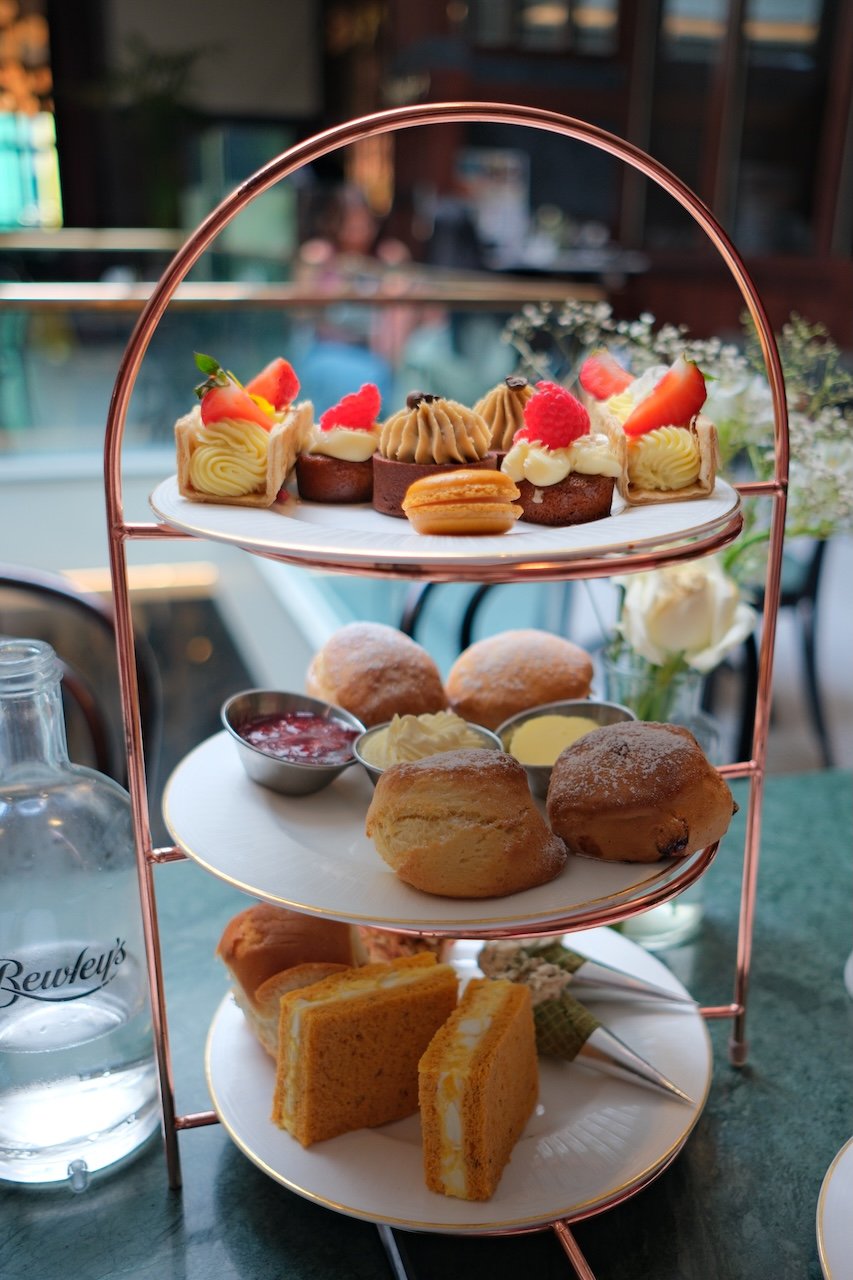
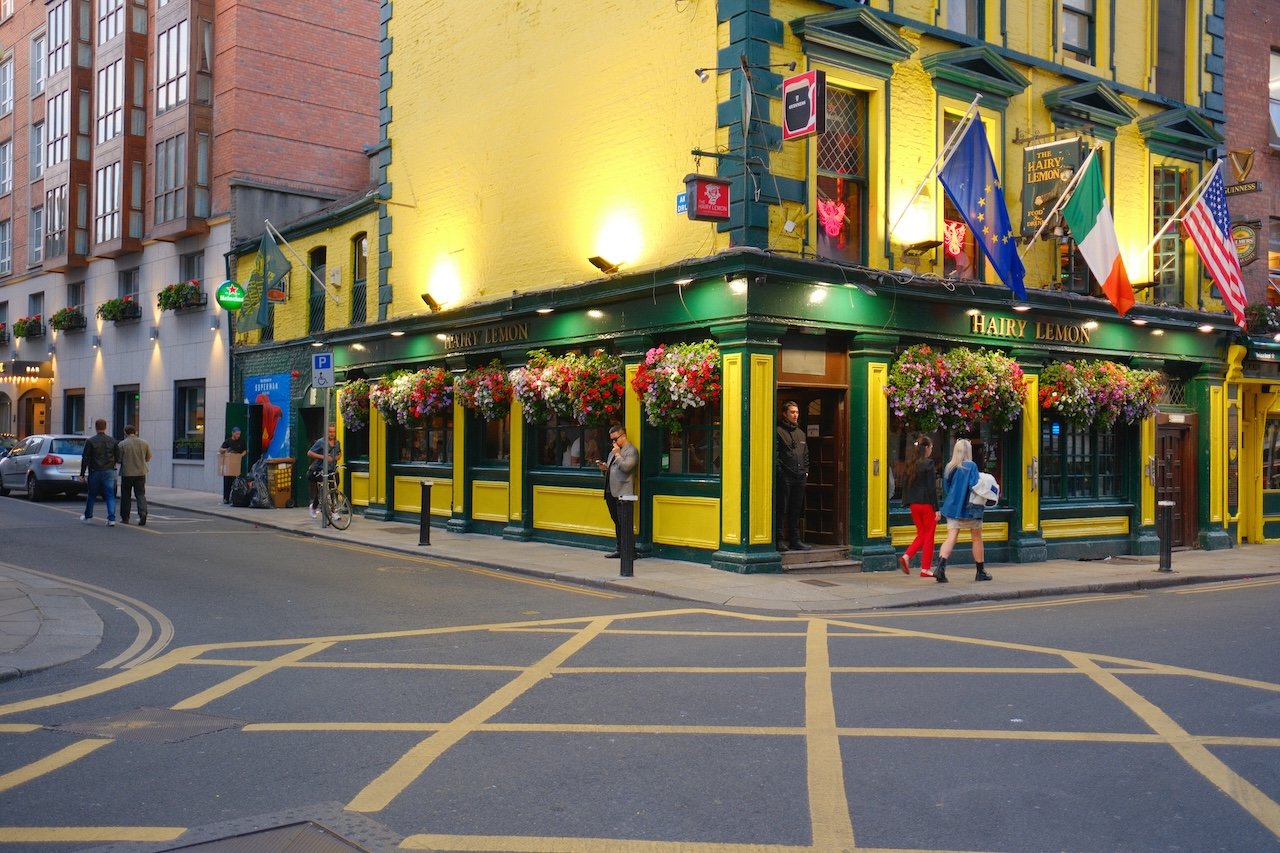
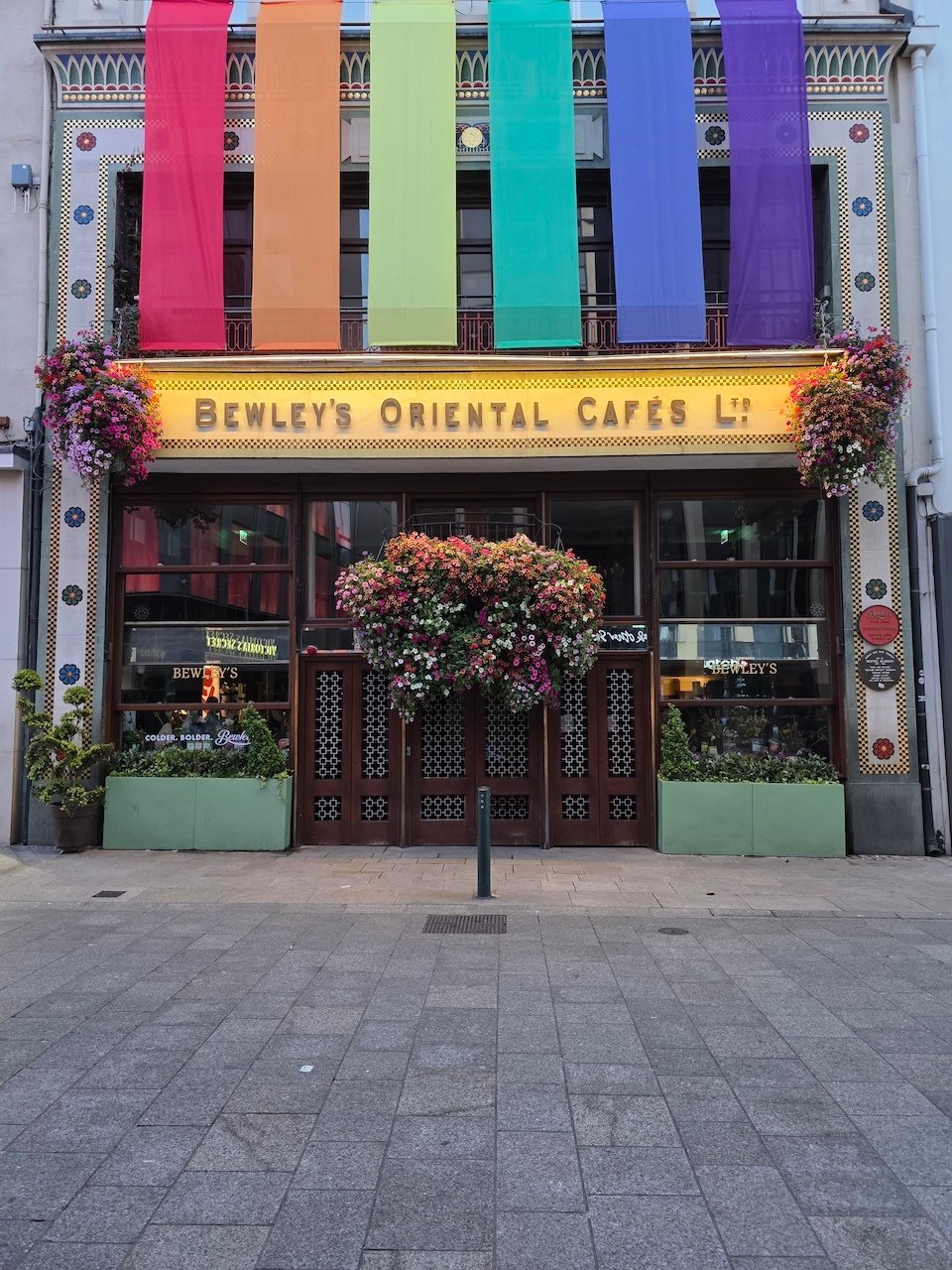

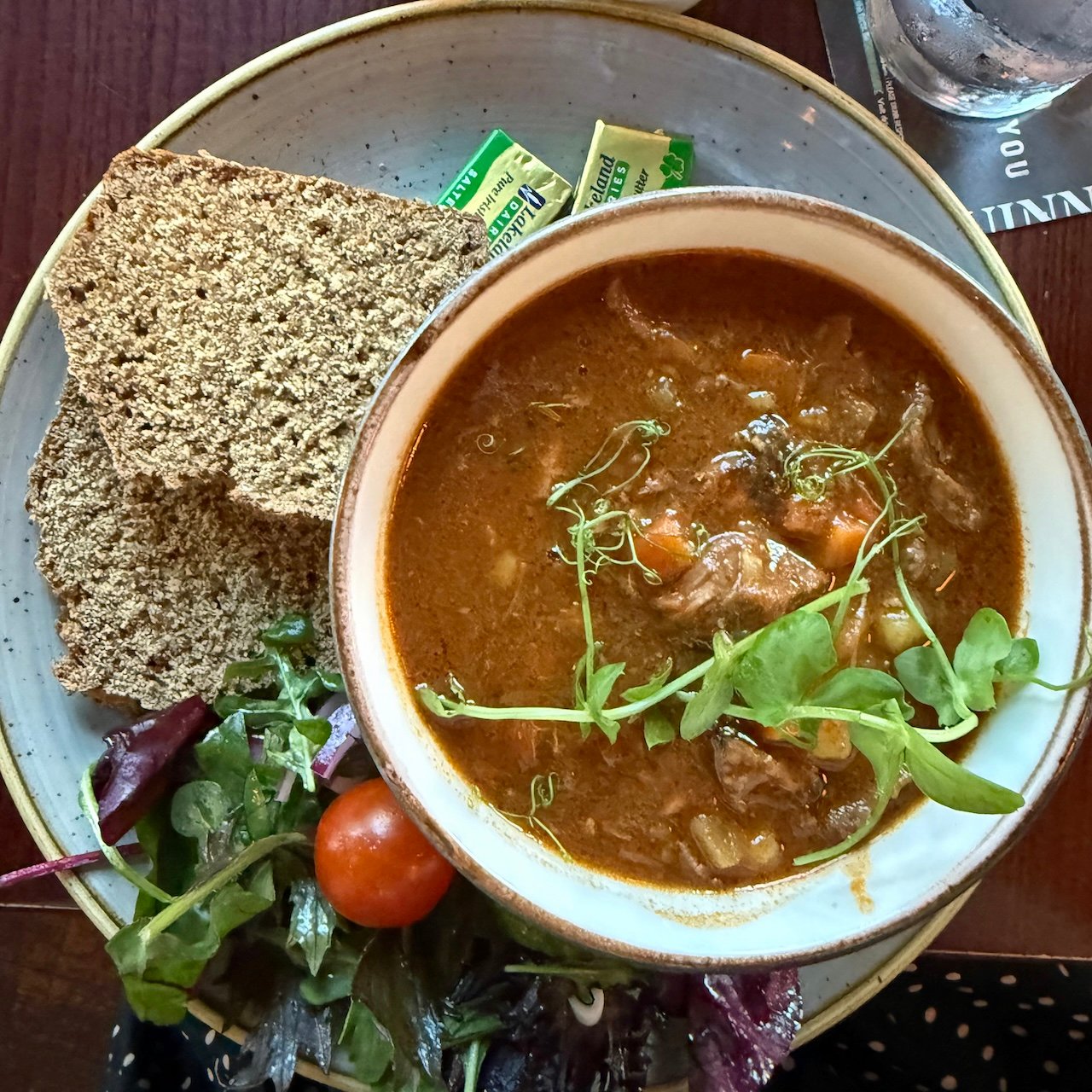
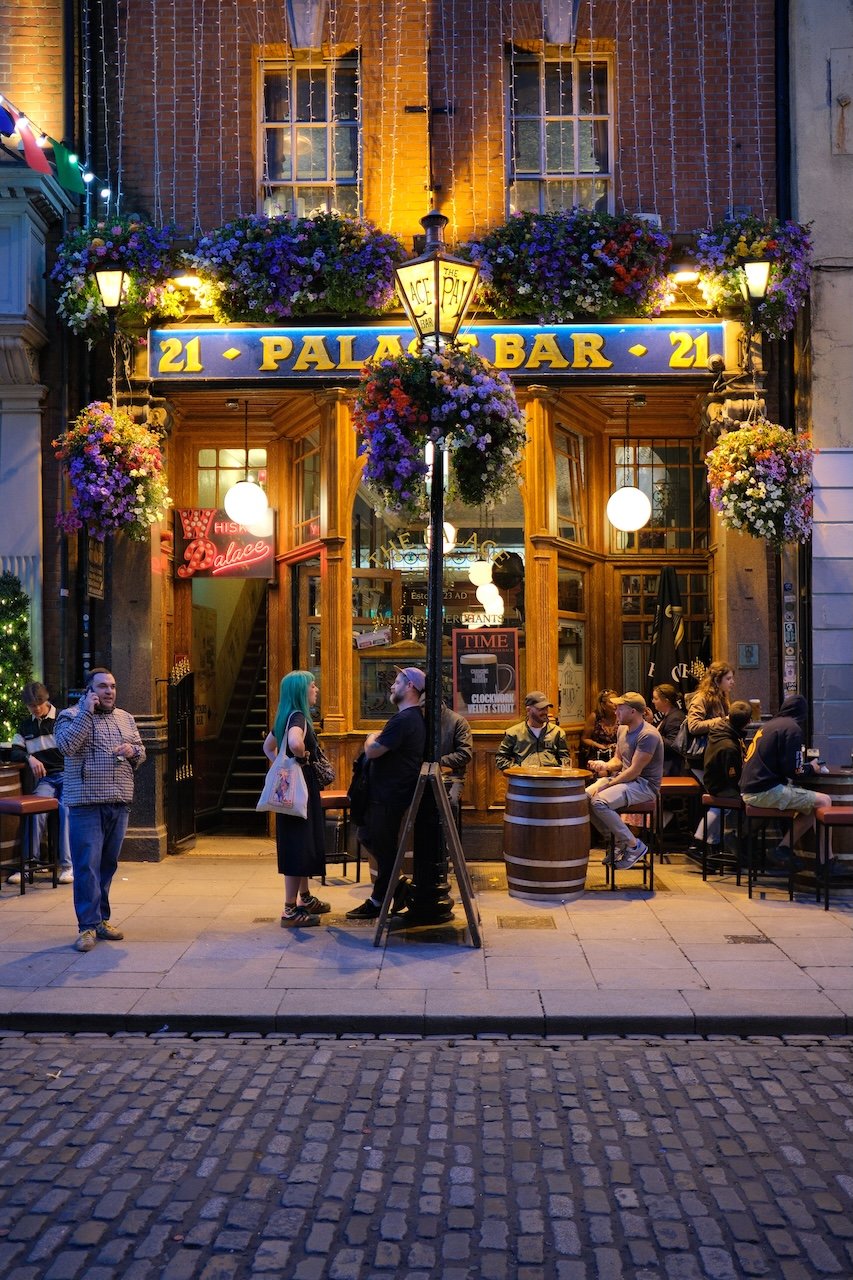
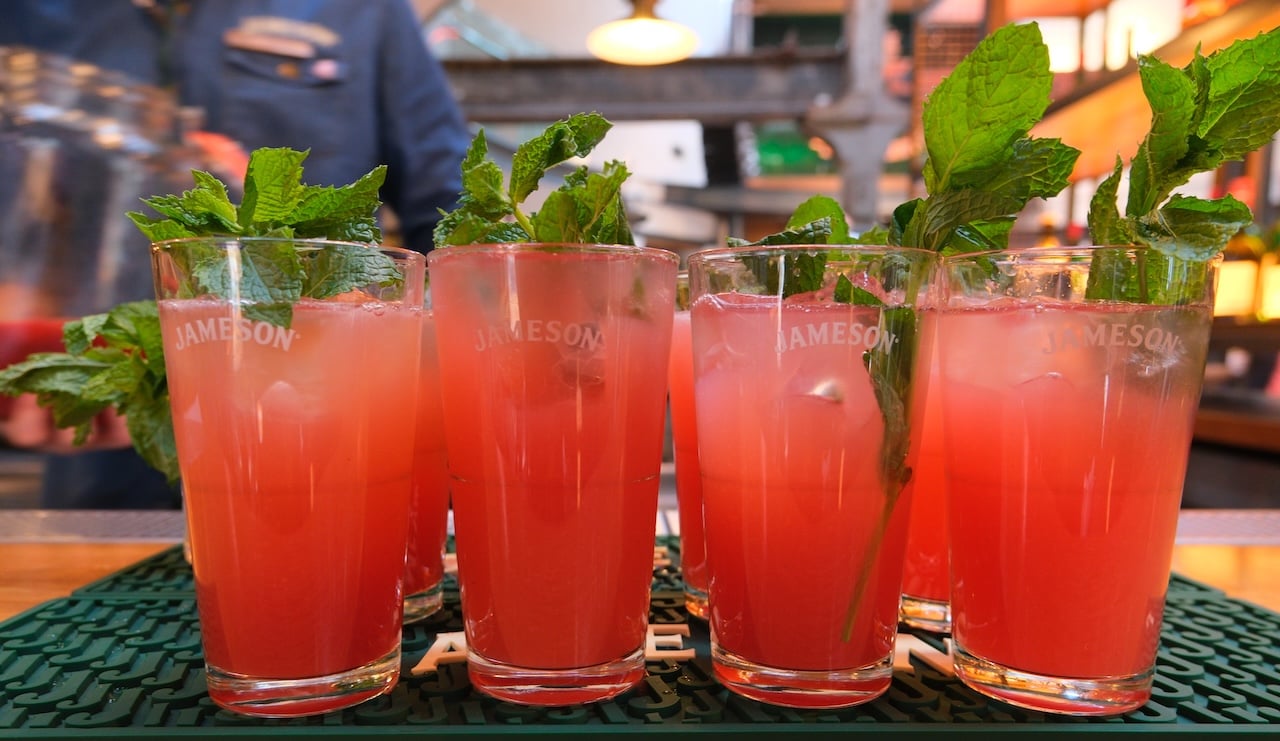
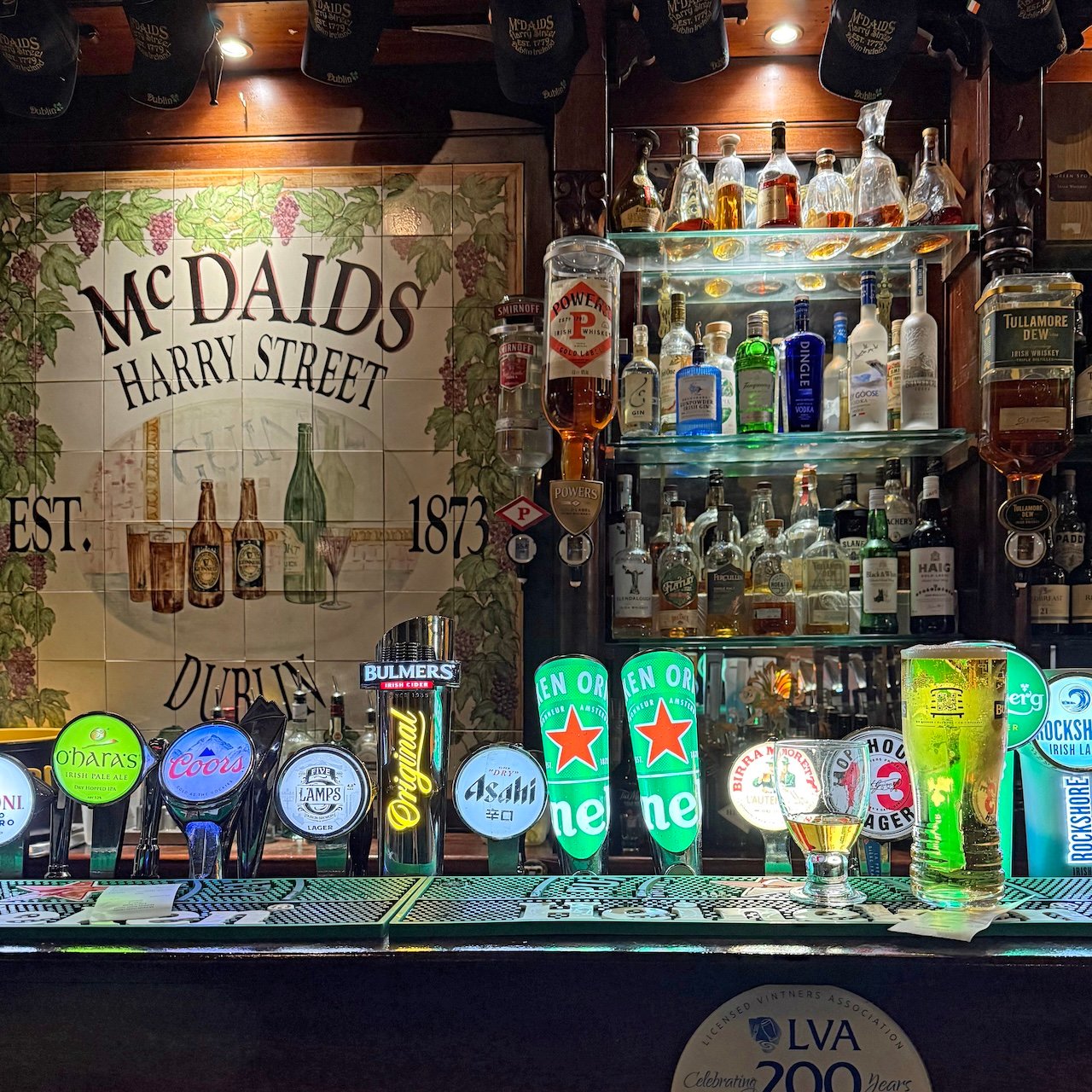
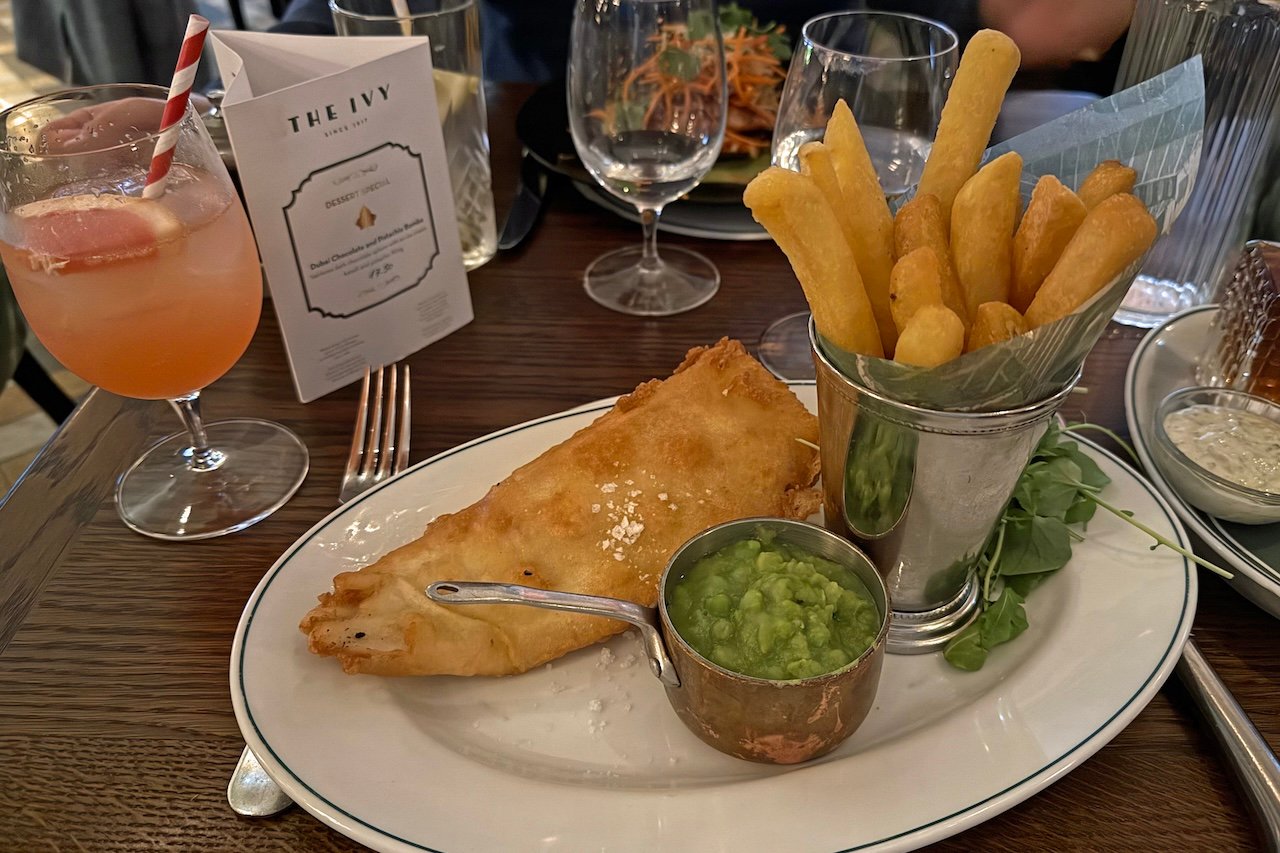
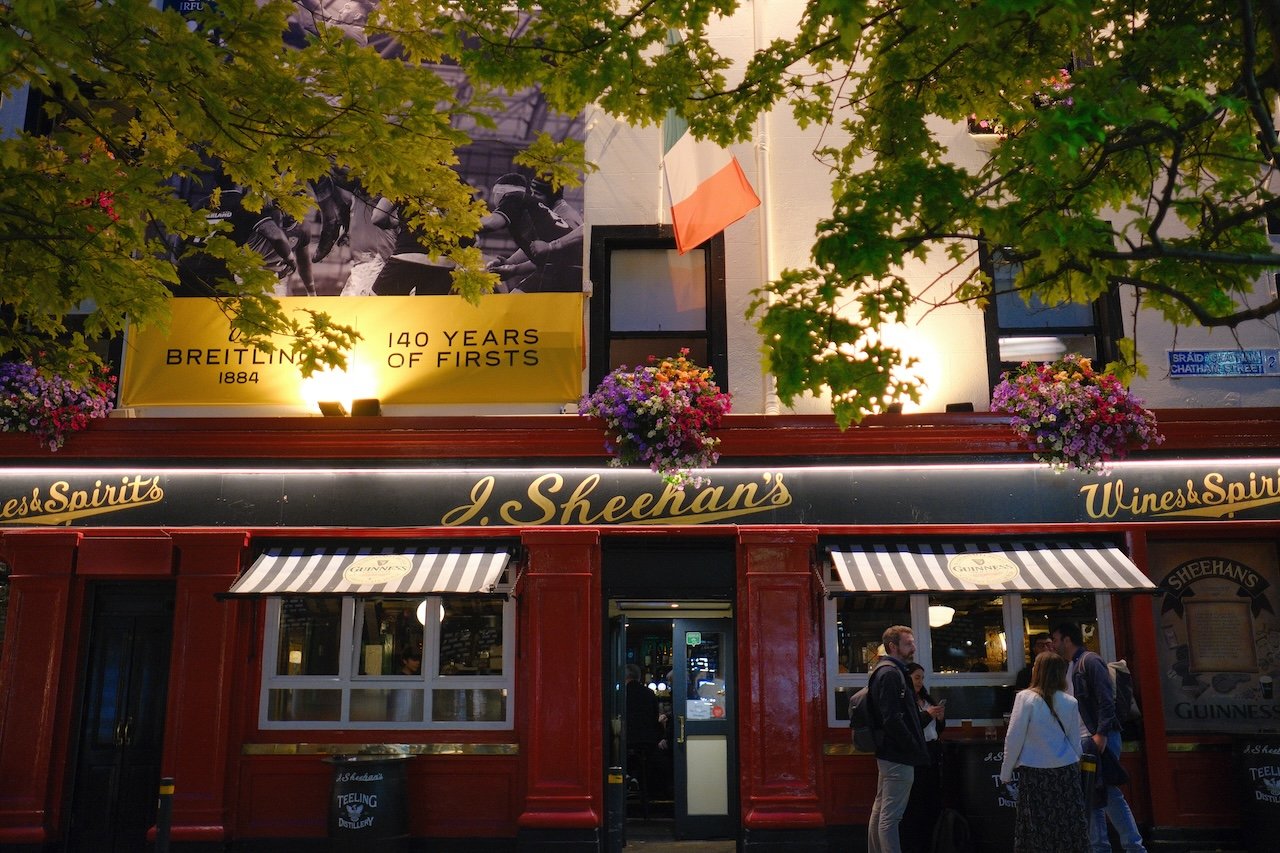
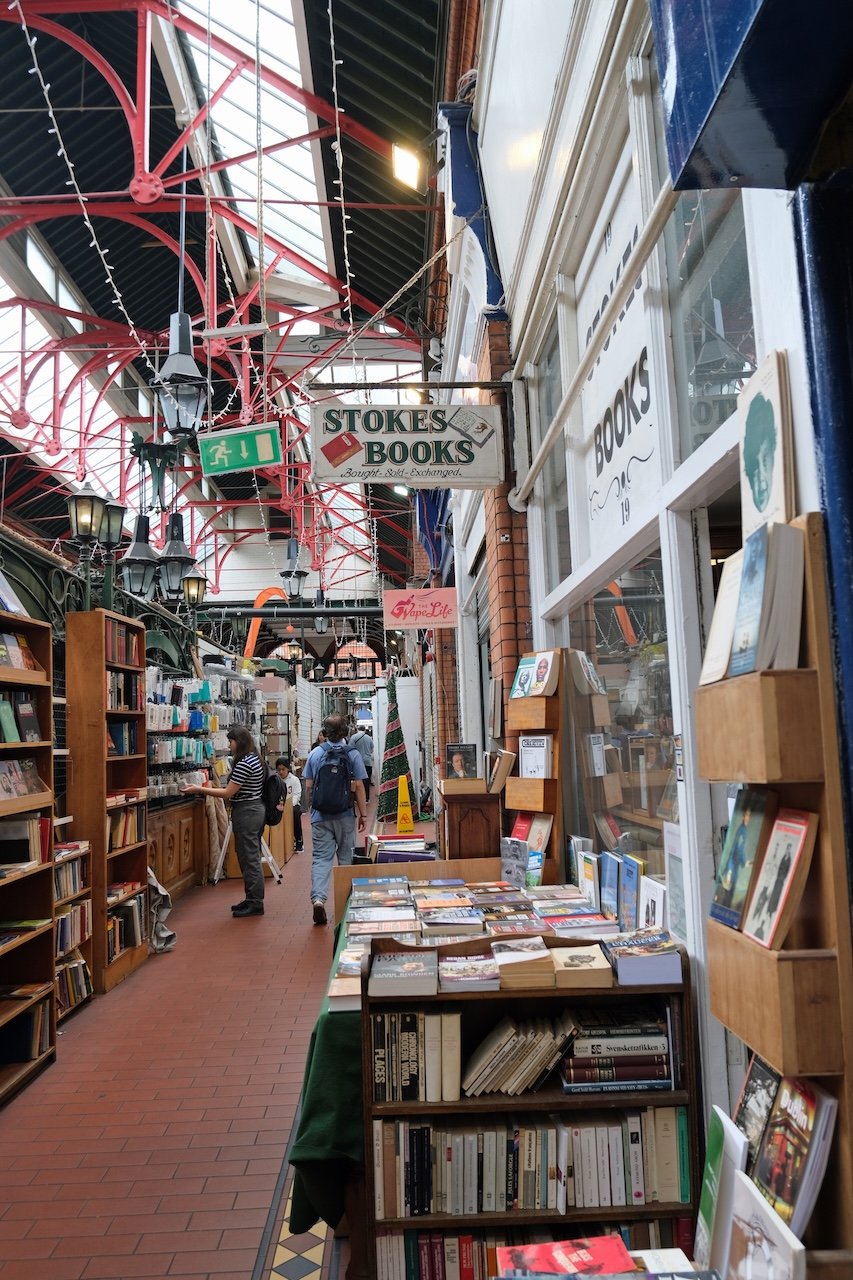
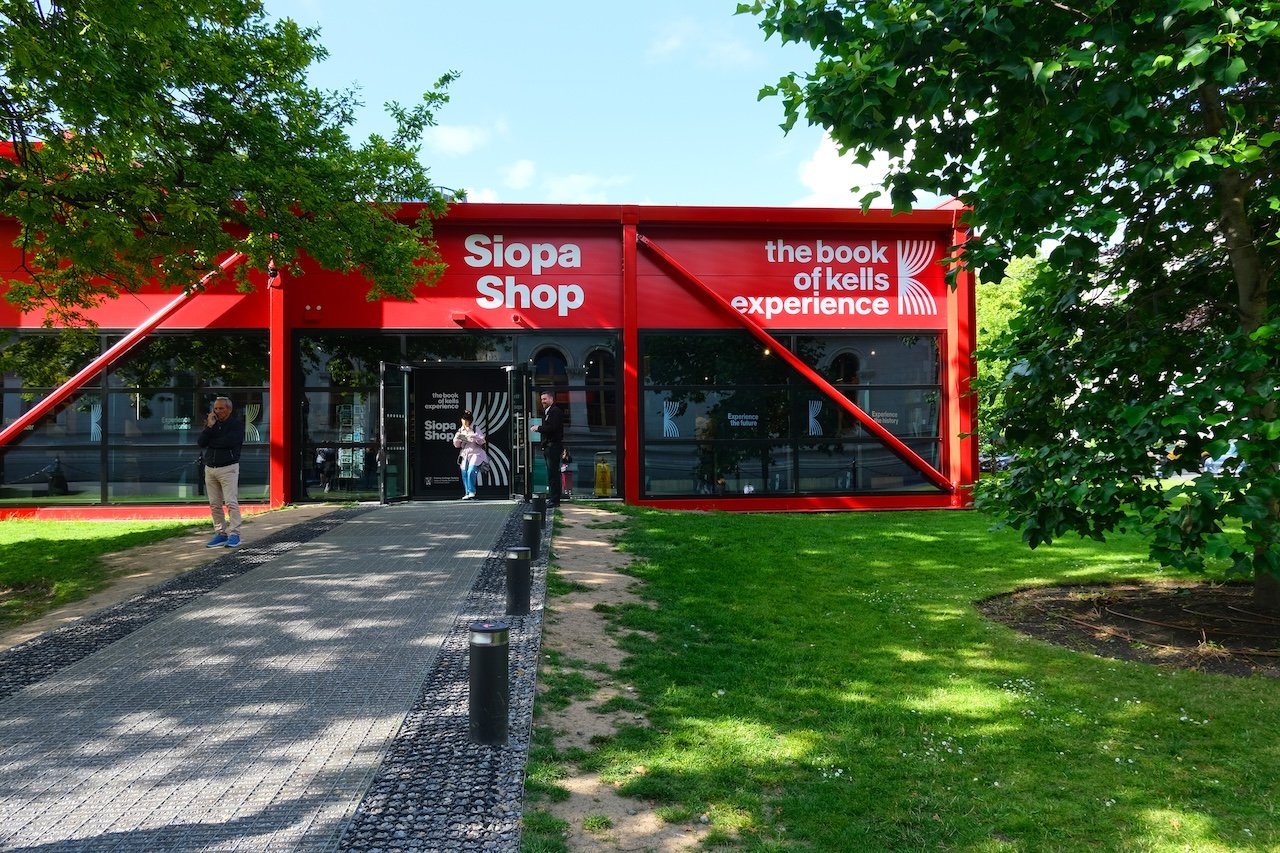

Shopping in Dublin
Dublin offers a mix of traditional shops and high-end department stores, making it a great city for shopping. Whether you are hunting for unique souvenirs or simply window shopping, you will find plenty of places to indulge in a little retail therapy.
Popular Souvenirs to Buy in Dublin
Ireland is known for its craftsmanship and Dublin is the perfect place to pick up authentic souvenirs. Popular items, include: wool sweaters (and other wool products), Celtic jewelry (including the ever-popular Claddagh ring), Irish whiskey, and locally made chocolates. You will also find a great selection of books and art from local artists and writers.
If you would like to bring whiskey home and have room in your checked luggage, we recommend buying it directly from the distillery. Many distilleries, including Jameson Bow Street, offer distillery-exclusive bottles you will not find anywhere else. If you are traveling exclusively with carry-on (hand) luggage, the duty free stores at the Dublin Airport have an extensive selection of Irish whiskey.
Best Shopping Areas & Stores in Dublin
- Grafton Street: Grafton Street is Dublin's most famous shopping street, lined with high-end stores, international brands, and iconic department stores like Brown Thomas, Ireland's answer to France's Galeries Lafayette.
- Powerscourt Centre: A short walk from Grafton Street, Powerscourt Centre offers indoor shopping in a restored Georgian townhouse, complete with boutique shops and artisan gifts.
- George's Street Arcade: As one of Europe's oldest markets, George's Street Arcade is a great spot for vintage finds, quirky gifts, local crafts, and even a place to grab a bite to eat.
- Henry Street: A pedestrian shopping street on the north side of the River Liffey, located off of O'Connell Street, Henry Street is home to popular shops and department stores like Arnotts, Penneys (Primark), and Dunnes Stores.
- Brown Thomas: Located on Grafton Street, Brown Thomas is Dublin's luxury department store known for high-end fashion, beauty, and home goods. It features designer labels like Chanel, Louis Vuitton, and Dior, along with a beautifully curated selection of Irish and international brands.
- Book of Kells Gift Shop (Red Pavilion at Trinity College): Situated inside Trinity College, near the Book of Kells exhibition in the Red Pavilion, this is our favorite place to buy souvenirs in Dublin. The gift shop offers a thoughtful and extensive range of gifts, including jewelry, books, handmade wool products, and items inspired by the Book of Kells and Irish history. Proceeds from the shop help support the university.
- Butlers Chocolates (Multiple Locations): Found throughout Dublin (and Ireland) with a flagship café on Wicklow Street, Butlers is Ireland's beloved luxury chocolatier. They sell a variety of beautifully packaged truffles, chocolate bars, and seasonal treats - a perfect sweet souvenir or gift to bring home.
VAT Refunds for Non-EU Residents
If you are a non-EU resident, you may be eligible for a VAT refund on certain purchases made in Ireland. Many retailers participate in tax-free shopping schemes, just look for signs or ask at checkout. To qualify, you will need to spend over €75.00 in a single transaction and you must take your purchases home, unused. You are required to keep your receipts and complete the required paperwork, which you then need to present at the airport (or seaport) before your departure from the European Union. Retailers in Ireland do not require a physical passport to complete the paperwork for VAT Refunds and a copy or photo of a passport on your phone is sufficient.
From my experience in Dublin, most stores utilize Planet Tax Free to help simplify the VAT refund process. If you are departing from an airport in Ireland (Dublin, Shannon, Cork, Kerry, or Ireland West), you actually do not need to personally validate your Tax Free form at Customs as long as your purchases are below €2,000.00. This is a different policy than other countries in the Europe Union and can cause confusion at the airport. Instead, you will take your tax free forms to the proper desk (i.e., Planet Tax Free) after security and they will obtain the Customs validation on your behalf. For additional information, please visit the Planet Tax Free website.
Keep in mind that this applies only to Ireland and that other countries within the European Union have different policies regarding VAT refunds.
Transportation in Dublin
Getting around Dublin is refreshingly simple, thanks to the city’s compact layout and a variety of easy-to-use public transportation options.
Dublin Airport
Dublin Airport (DUB) is located approximately 6 miles (10 kilometers) north of the city center and serves as Ireland's largest international airport.
Public Transportation to/from Dublin Airport
Dublin Airport does not have any rail connections at this time. However, there a couple of options in terms of transportation between Dublin Airport and the city center.
- Express Buses - Two express bus companies operate services between Dublin Airport and the city center: Aircoach and Dublin Express. Both companies operate frequent, reliable routes with multiple stops in central locations, including, but not limited to: O'Connell Street, St. Stephen's Green, and Merrion Square. Buses run approximately every 15-30 minutes, even in the early morning and late-night hours. Tickets can be purchased online in advance or directly from the driver. Both companies offer free Wi-Fi and luggage storage onboard. For most visitors to Dublin, the express buses will be the most economical way to reach the city center from the airport.
- Taxis - Taxis are readily available outside both airport terminals and provide door-to-door service to your hotel or accommodation. However, it is important to note that fares are metered and not fixed, meaning your total cost will depend on the distance, time of day, and traffic conditions. A typical journey between the airport and city center takes between 20–40 minutes and generally costs between €30 and €40, but it could be more during peak traffic hours or late at night. Taxis in Dublin are required to accept both card and cash payments.
U.S. Immigration & Customs at Dublin Airport
If you are flying from Dublin to the United States, you will clear U.S. Immigration and Customs at Dublin Airport before you board your flight. To allow enough time for security screening, passport control, and the U.S. preclearance process, it is recommended that you arrive at the airport at least three hours before your scheduled departure time.
Public Transportation in Dublin
Most of the top things to do in Dublin are walking distance from one another in the compact city center. However, Dublin also boasts an efficient public transportation network that includes city buses, the Luas (tram system), and suburban trains. Buses cover most of the city and suburbs, while the Luas has two lines that connect popular neighborhoods, shopping areas, and transport hubs. Most tourists will only use the city buses.
Public Buses
Dublin Bus operates an extensive network throughout the city and surrounding suburbs, making it a convenient and budget-friendly option for tourists. Major routes connect popular attractions, neighborhoods, and transit hubs.
Fares are based on distance traveled and can be paid using a prepaid Leap Card (recommended for ease of use and savings if you are going to be regularly taking the bus) or exact change in coins, drivers do not give change. Cash fares range from €2.00-2.60 for adults, while a discounted rate of €0.90 is available for children. Real-time information is available via TFI Live, which can help you plan routes and track arrivals.
While buses are a great way to get around Dublin, note that signage and stop announcements can be limited, so it helps to follow along on your phone’s map.
Taxis
Taxis are easy to find in Dublin. As with taxis to/from Dublin Airport, all taxi rides are metered and taxi drivers accept both card and cash payments. Keep in mind that taxis do charge an extra €1.00 per adult (the first adult is included in the fare) and €1.00 is added for every two children (one child is included in the fare). Additionally, there is an extra charge of €3.00 if you call a taxi (or a hotel/restaurant calls a taxi on your behalf). For additional information regarding taxis in Dublin, please visit the Transport for Ireland website.
Uber does operate in Dublin, but not as a rideshare service. Instead, the app is used as a way to book regular taxis. You can pay through the app, or pay the driver directly. However, the more widely used app among locals is FREENOW, which allows you to hail licensed taxis with transparent pricing.
Trains in Dublin & Regional Connections
Dublin has two main train stations: Connolly Station and Heuston Station. Connolly Station serves destinations to the north and southeast, including Belfast, Howth, and Wexford, while Heuston Station handles routes heading west and southwest to cities like Cork, Limerick, Galway, and Kilkenny.
For day trips or longer trips around Ireland, the train is a comfortable and scenic option. Trains have plenty of luggage storage onboard and free Wi-Fi. Train tickets should be purchased in-advance of your travel. We recommend booking your train tickets directly through Irish Rail.
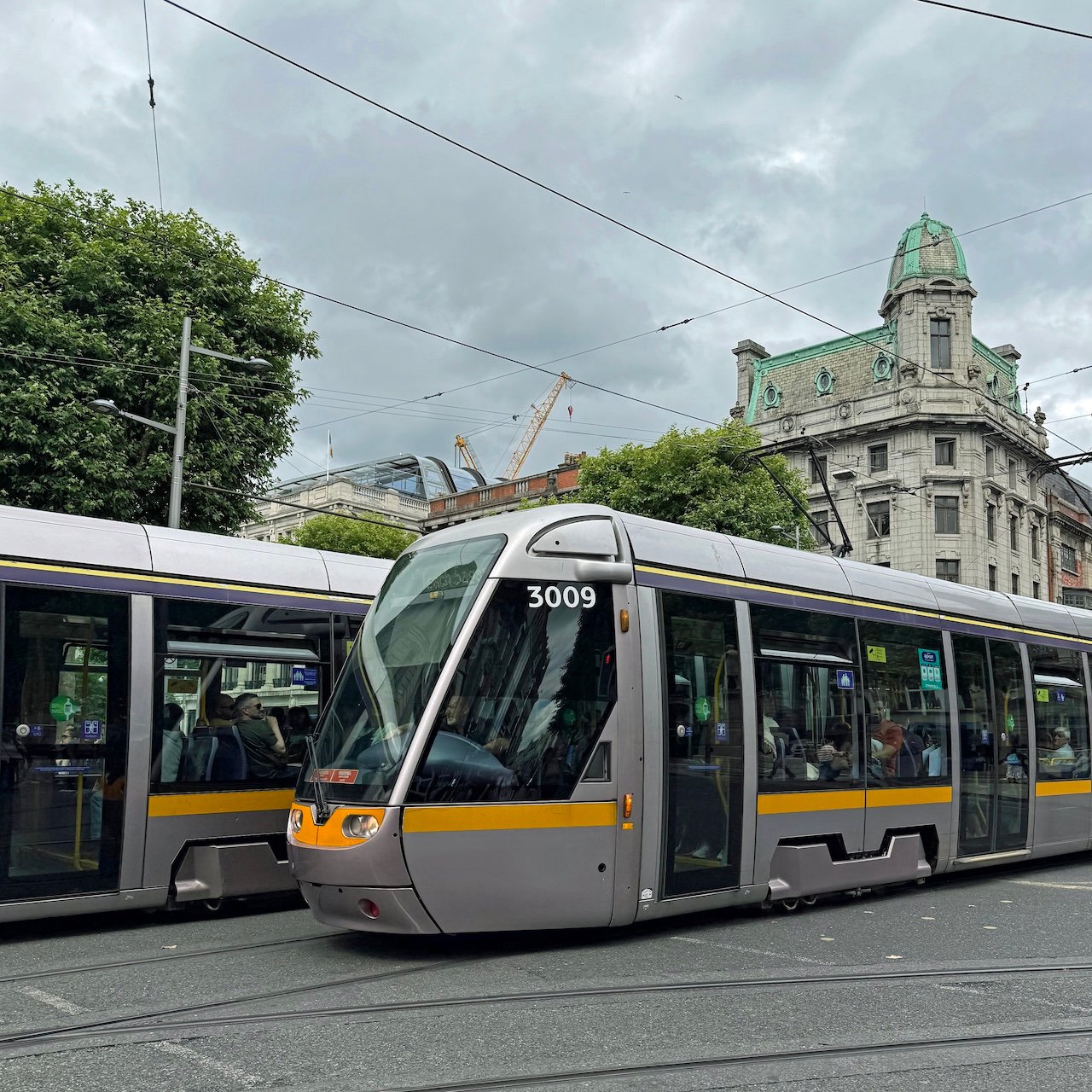
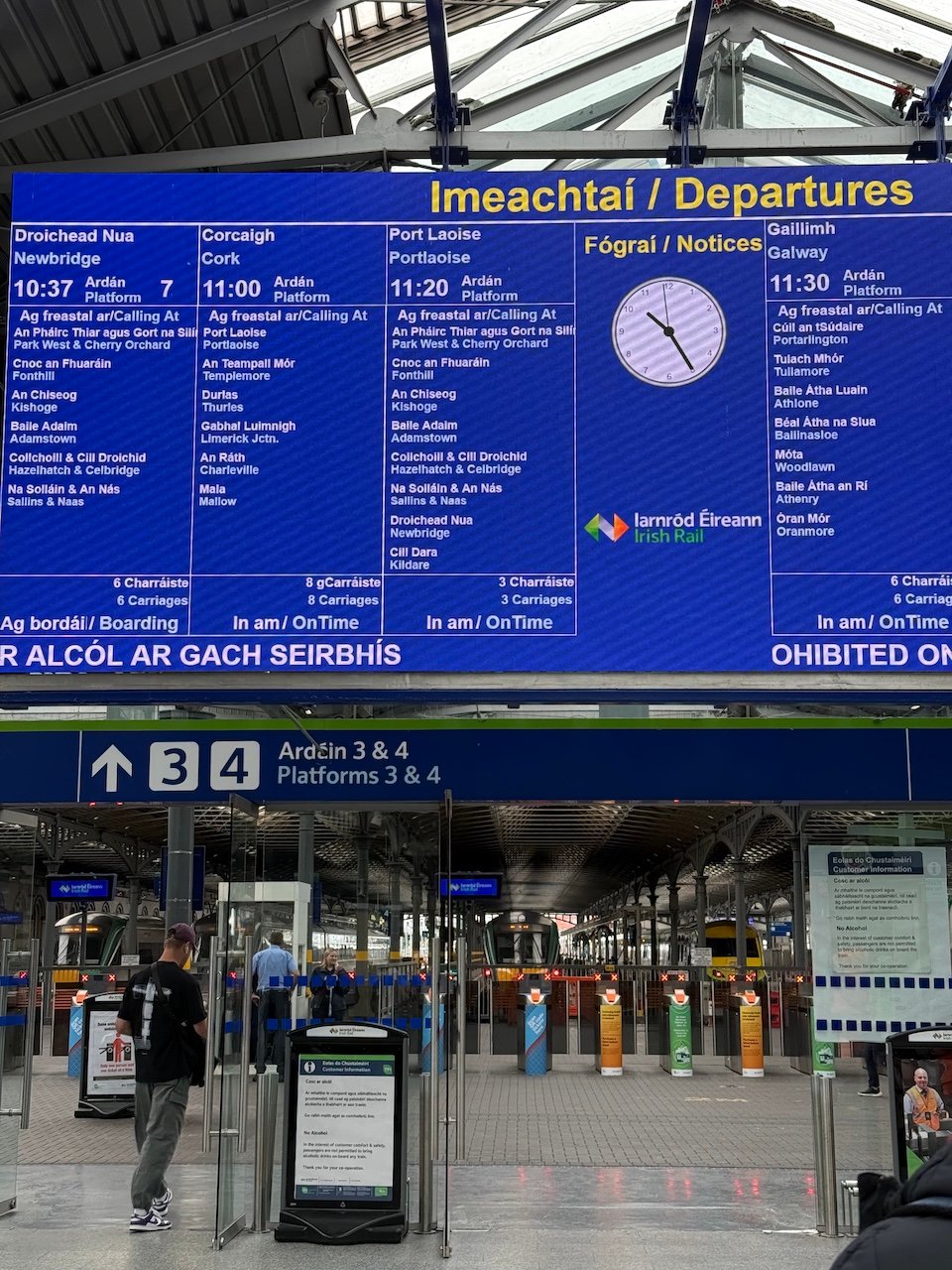
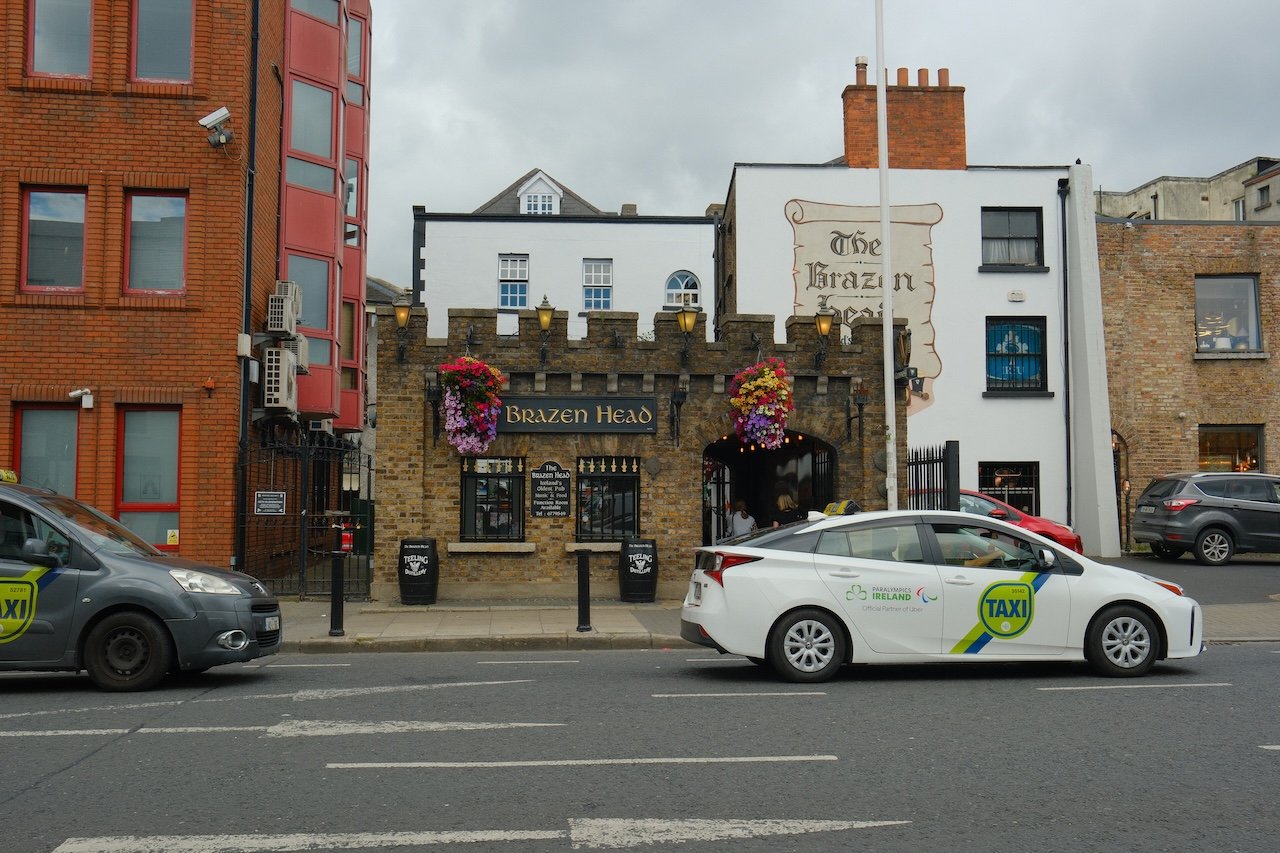
Dublin Travel Guide Quick Links

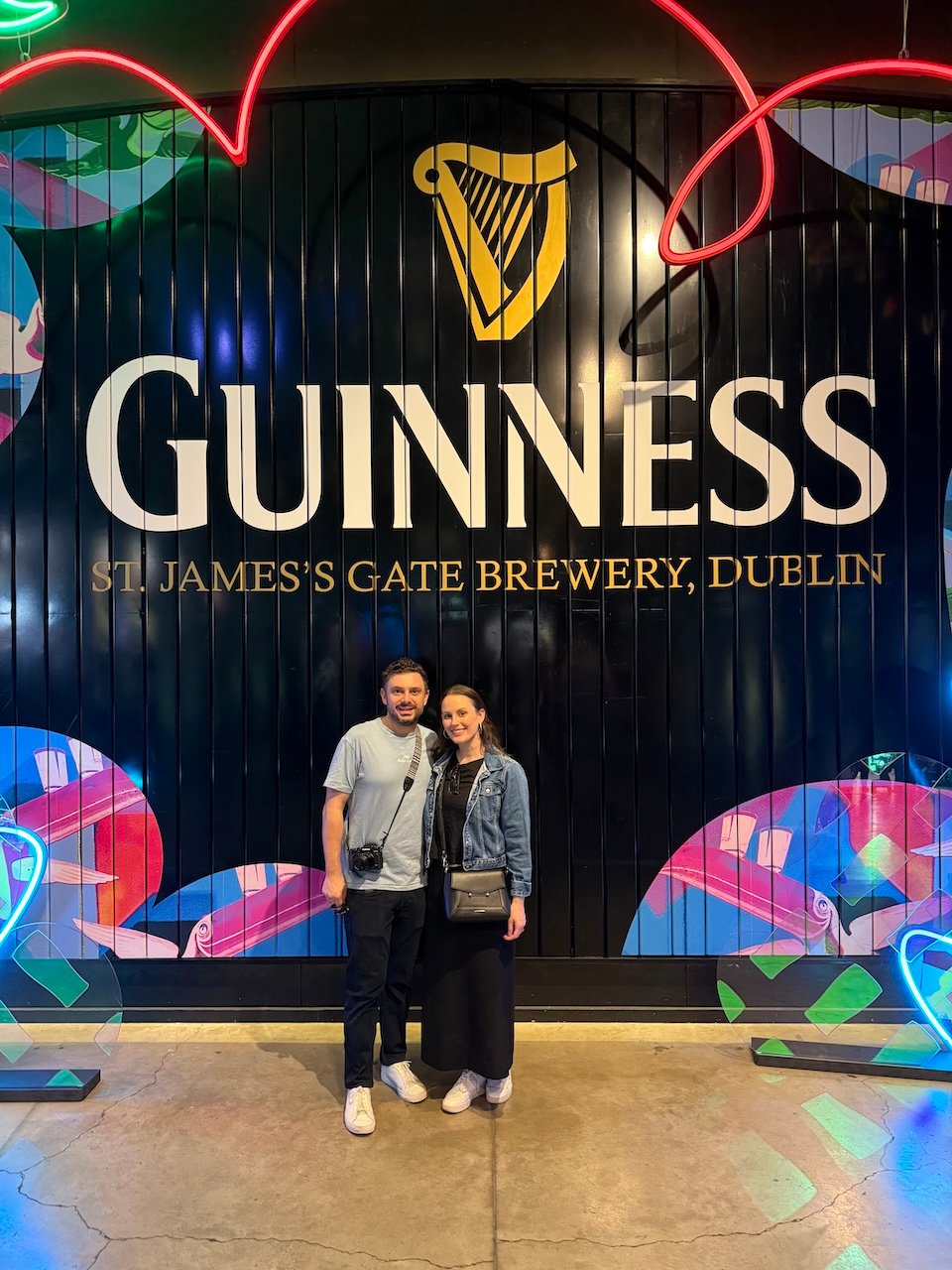
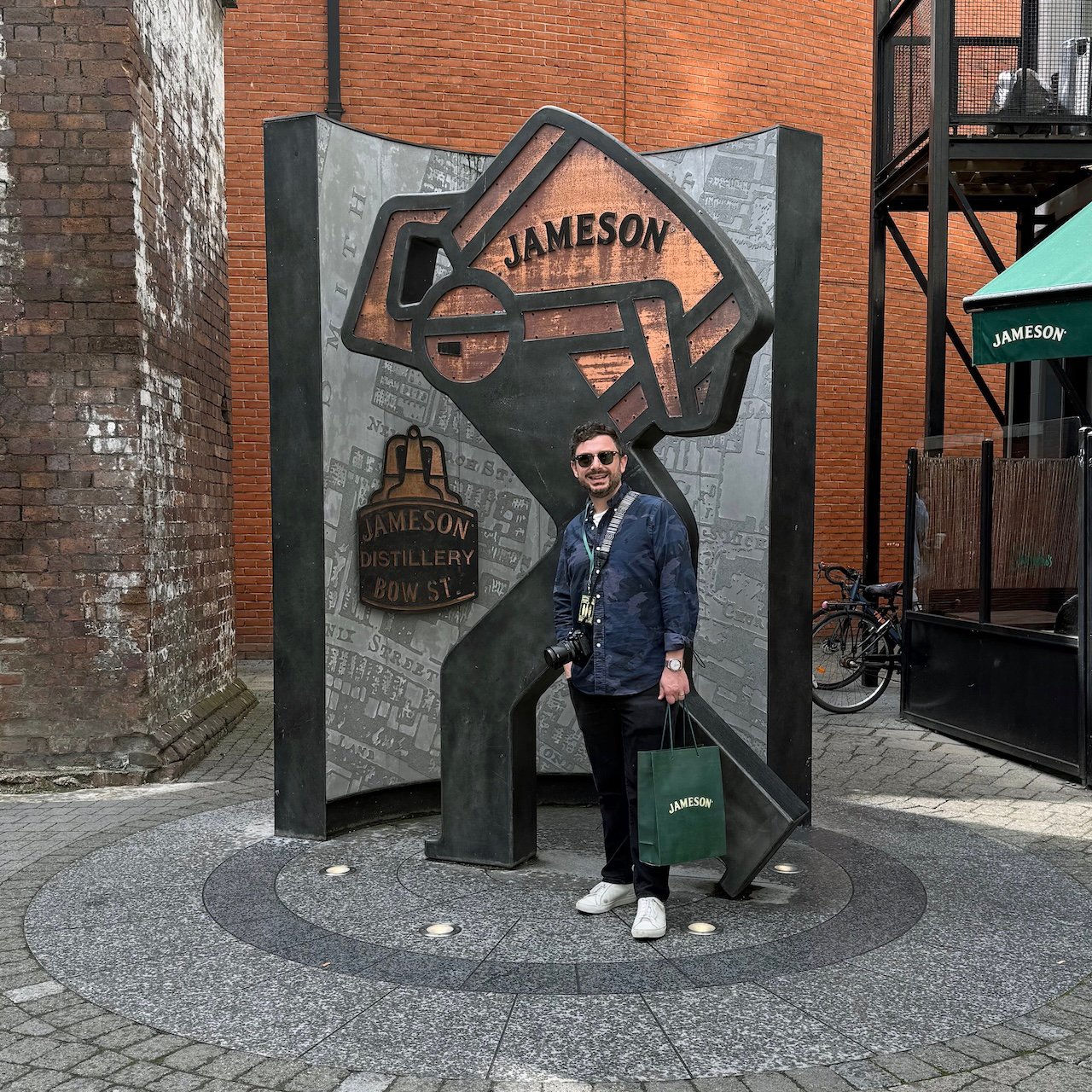
Why We Love Dublin
Dublin may be Ireland's capital and largest city, but it never feels overwhelming. For a European capital city, Dublin is remarkably laid-back; busy, yes, but not overcrowded. The vibe is easygoing and it is matched by the warmth of the people. Locals are famously friendly and always up for a chat, whether you are asking for directions or striking up conversation at a neighborhood pub.
Speaking of pubs, the pub scene in Dublin is one of our favorite things about the city. While Ireland and the United Kingdom are known for their pubs, Dublin's are very welcoming. A Dublin pub is not just a place to grab a pint of beer (although, it is true, the Guinness does taste better here!); pubs are where stories are swapped, live music fills the air, and strangers can become friends. Many pubs serve excellent food too, so you can settle in for a cozy evening of cottage pie or another Irish specialty.
As far as the food goes, Dublin tends to get a bad rap when it comes to its food scene. However, we have had nothing but incredible meals in Dublin - you just have to know where to look! While Irish cuisine is traditionally warm and hearty, there is nothing better on a cold and rainy day than a bowl of Irish stew with a slice of Irish soda bread. Dublin is an international city, so you are not limited to exclusively Irish food either. You can enjoy fantastic pizza, French cuisine, and even Japanese food throughout the city. It would be hard to pick a favorite meal in Dublin over the course of our recent visit, but the food and service at Mister S was truly top-notch!
Dublin is also one of the easiest cities to explore on foot, especially if you are staying in two of our favorite neighborhoods: South City Centre and Temple Bar. Most of the city's top sights, like Trinity College, Grafton Street, Dublin Castle, and St. Stephen's Green, are all within walking distance of each other. Being able to walk from one destination to the next makes Dublin incredibly tourist-friendly and perfect for those who want to enjoy all that the city has to offer without having to rely on public transportation. Plus, as we always say, new cities are best explored on foot!
History lovers will find plenty to admire in Dublin, and its past - though often marked by hardship - is part of what makes the city so compelling and resilient. Dublin’s story spans more than a thousand years, beginning as a Viking settlement, flourishing in medieval times, enduring centuries of oppression (and famine) under British rule, and ultimately fighting for its independence. You can see these layers of history woven into the city’s architecture, but there is no better place to learn more about Dublin’s past than at Dublin Castle. A self-guided tour of Dublin Castle is a great way to immerse yourself in Irish history and gain an understanding of the events that shaped modern Dublin. For us, the tour at Dublin Castle was one of the highlights of our trip.
Another highlight of our time in Dublin was diving into the world of Irish whiskey. Even if you are not typically a whiskey drinker, visiting a distillery (or two!) in the city, like Teeling, Jameson, or Pearse Lyons, is a fun experience. The tours are incredibly informative, offering a deep dive into the history, craftsmanship, and culture behind Ireland's most iconic export. Plus, let's be honest, when mixed into a well-made cocktail, Irish whiskey is so smooth and subtle you might not even notice it is there (which, albeit dangerously, makes it all the more enjoyable).
Three full days is enough time to get a good feel for Dublin; see the highlights, enjoy the food, visit a few museums, and experience the city's lively spirit. However, if you have more time, consider staying longer to take a day trip to the always-picturesque Irish countryside, or pair your visit with another city like Galway or Cork, both of which are just a scenic train ride away from Dublin. Our intention is for these travel tips for Dublin will help you make the most of your visit and love the city as much as we do. Sláinte! (That is Irish Gaelic for "cheers"!)
Dublin Travel Guide: Neighborhoods & Where to Stay
Wondering where to stay in Dublin for first timers? We have you covered! Dublin is a compact and walkable capital city, with most major attractions located in and around the city center. The River Liffey divides the city into the Northside and Southside, and many of Dublin’s most popular sites, including Trinity College, Grafton Street, Temple Bar, and St. Stephen’s Green, are within easy reach of one another. To help you plan your Dublin stay, we have outlined the most popular neighborhoods below.
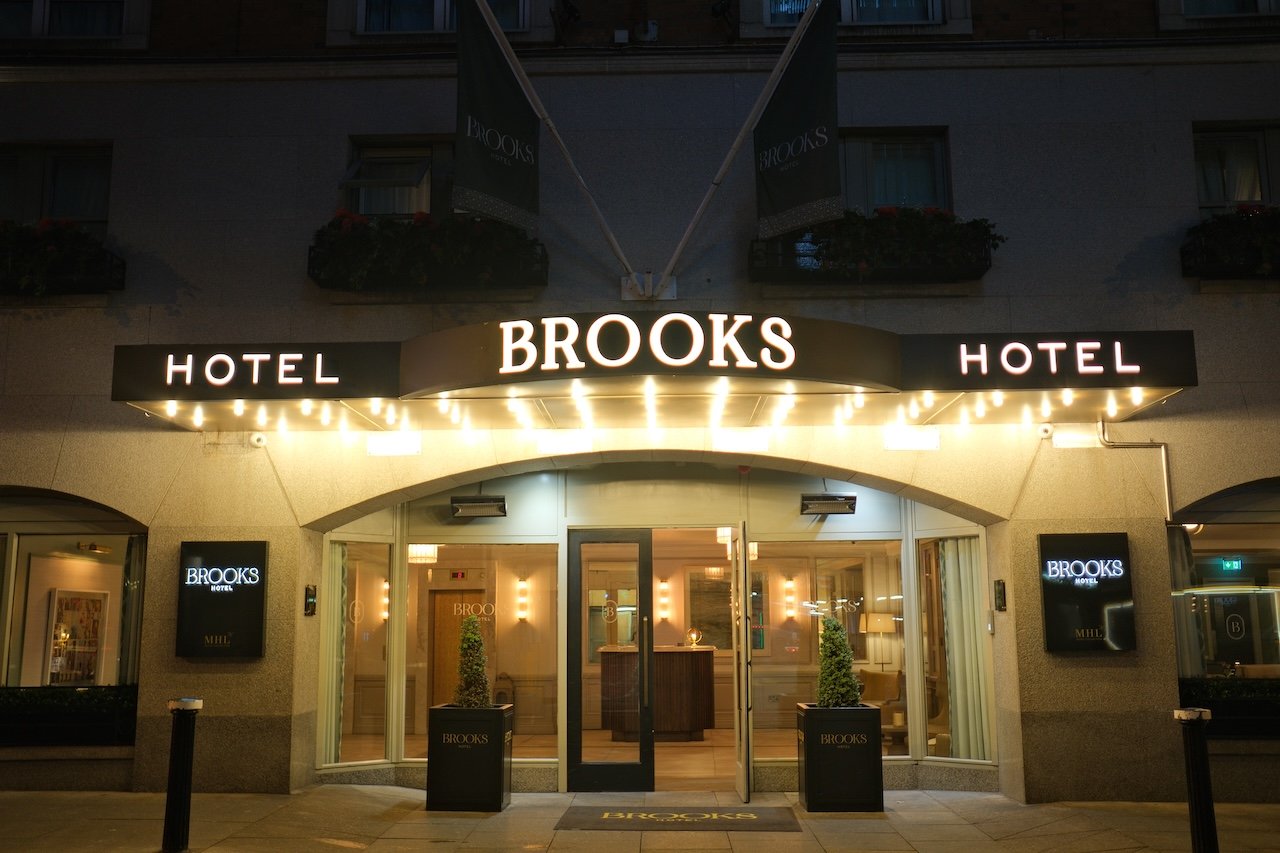
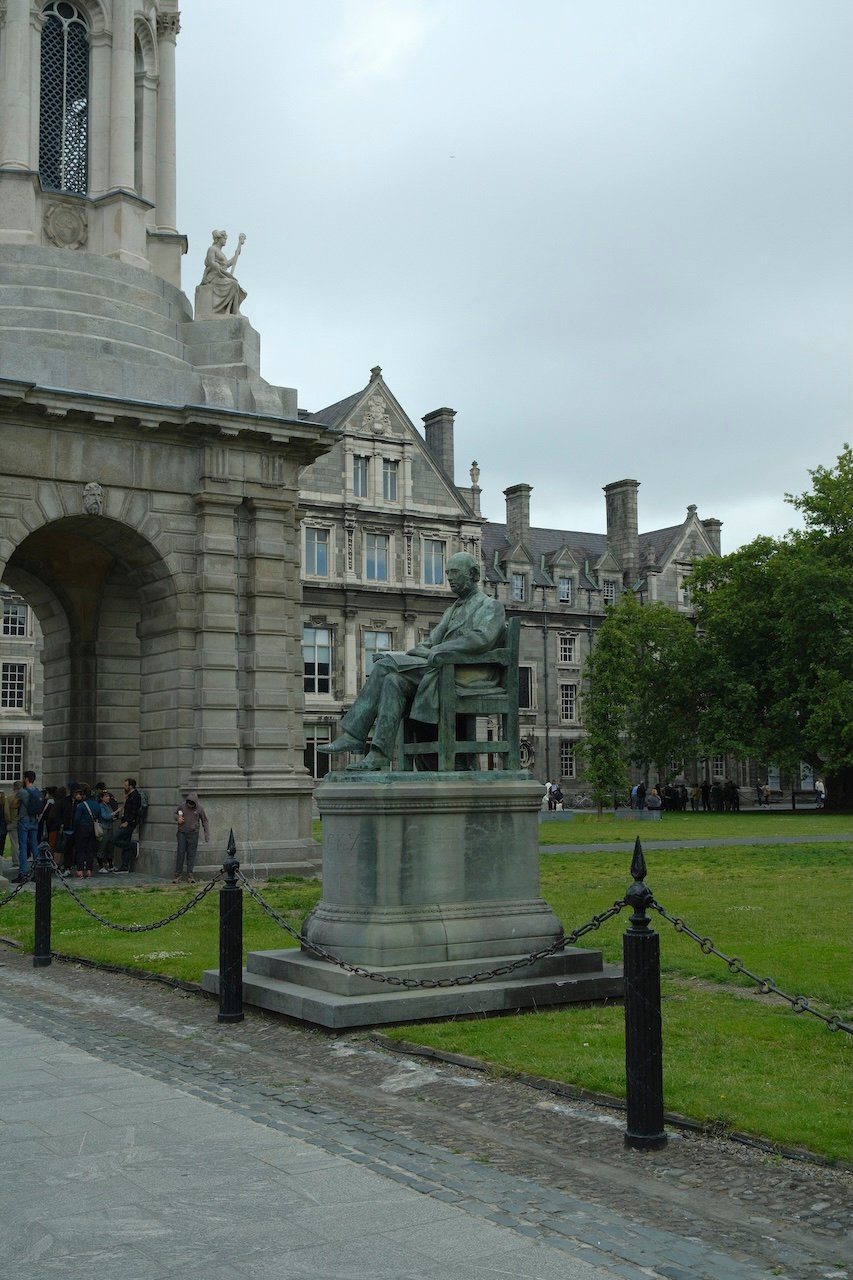
.jpg?width=853&name=_DSF6977(4).jpg)
South City Centre
The South City Centre is the heart of Dublin and one of the most desirable areas to stay for first-time visitors. This central district includes landmarks like Trinity College Dublin, home to the famous Book of Kells, and Grafton Street, one of the city's most popular shopping districts. The South City Centre is also where you will find historic green spaces like St. Stephen's Geren and Merrion Square. The area is packed with elegant Georgian architecture, museums such as the National Gallery of Ireland, upscale hotels, lively pubs, and plenty of restaurants. The neighborhood is walkable and well-connected, ideal for travelers who want to be close to everything. We adored our stay at the Brooks Hotel in the South City Centre on our recent trip to Dublin. Some other hotels we recommend in South City Centre are listed below.
Temple Bar
Temple Bar may be famous for its nightlife, but this neighborhood is centrally located and a short walk to Dublin Castle, Trinity College, and more. Temple Bar is characterized by its cobblestone streets, pubs, live music venues, quirky boutiques, and art galleries. While the area is touristy and can be loud at night, it is a favorite for those looking to experience Dublin's spirited pub scene. We really enjoy staying in Temple Bar because the neighborhood is so centrally located and love The Morgan Hotel. With that being said, Temple Bar can be noisy at night, especially on weekends, so it is not the ideal for families traveling with young children or for light sleepers. Hotels we recommend in Temple Bar include:
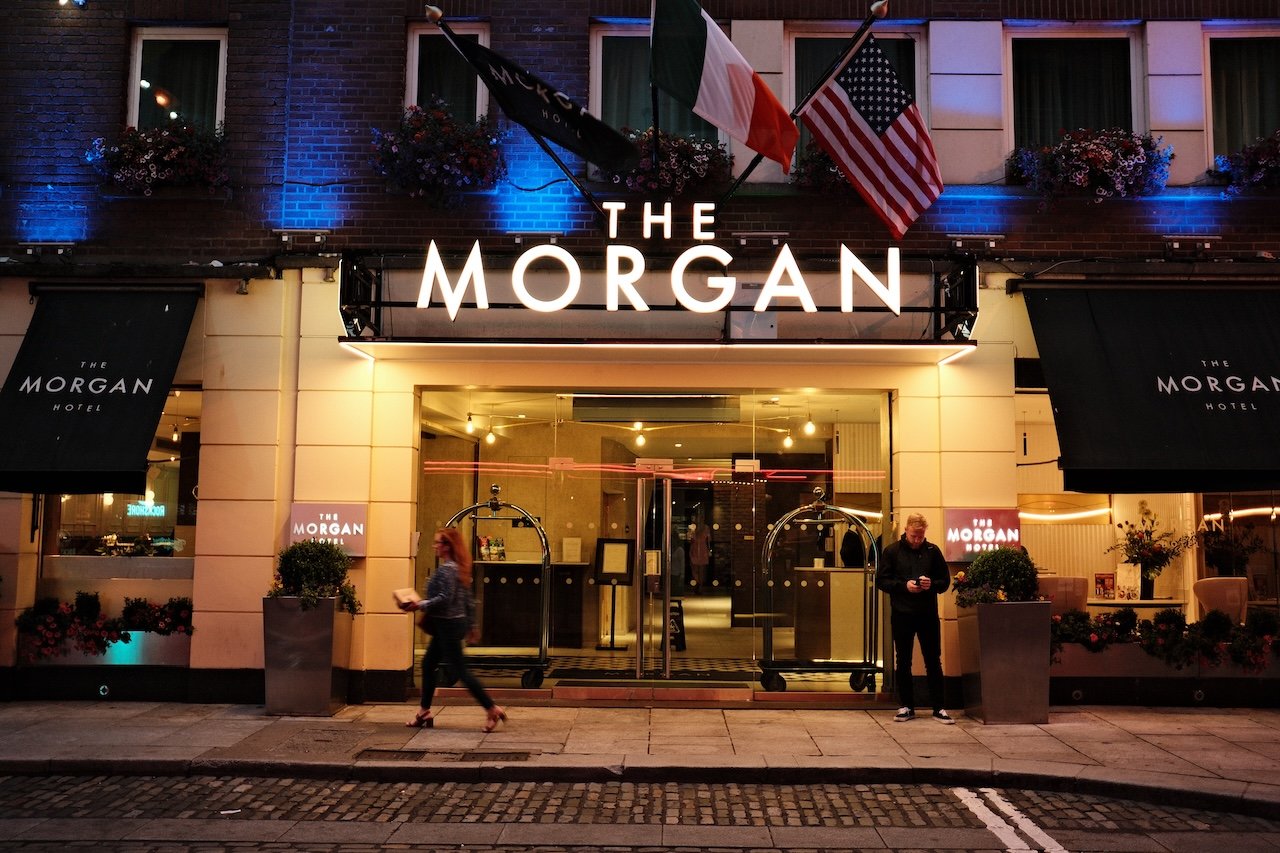
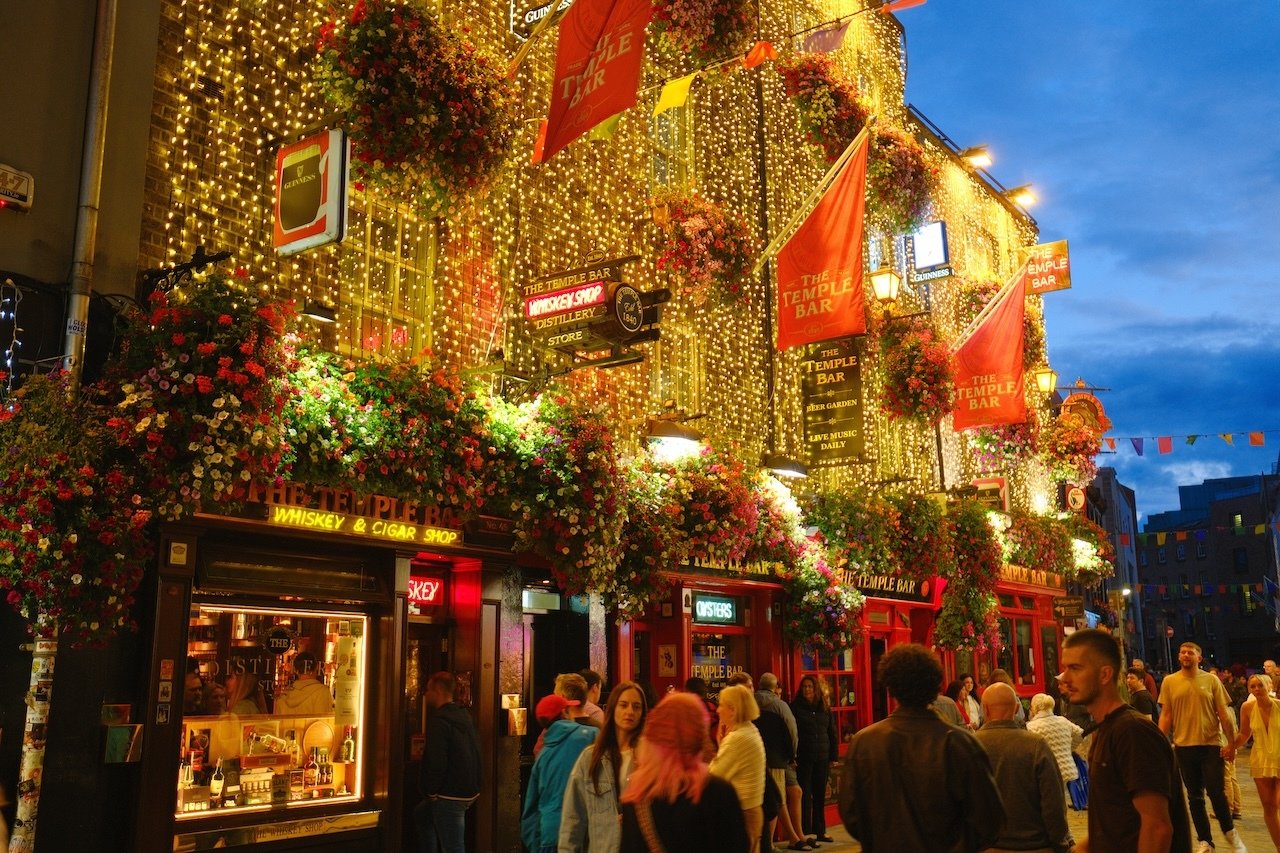
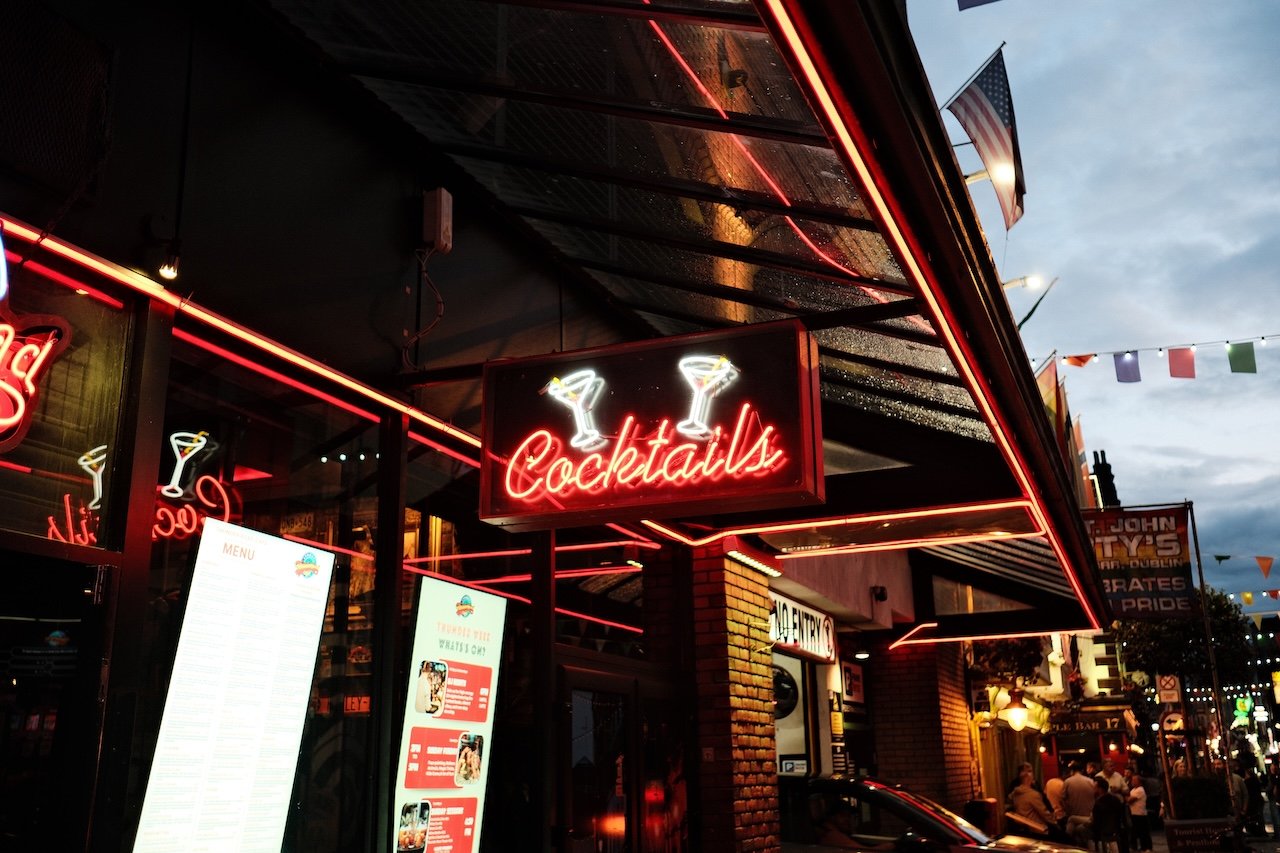
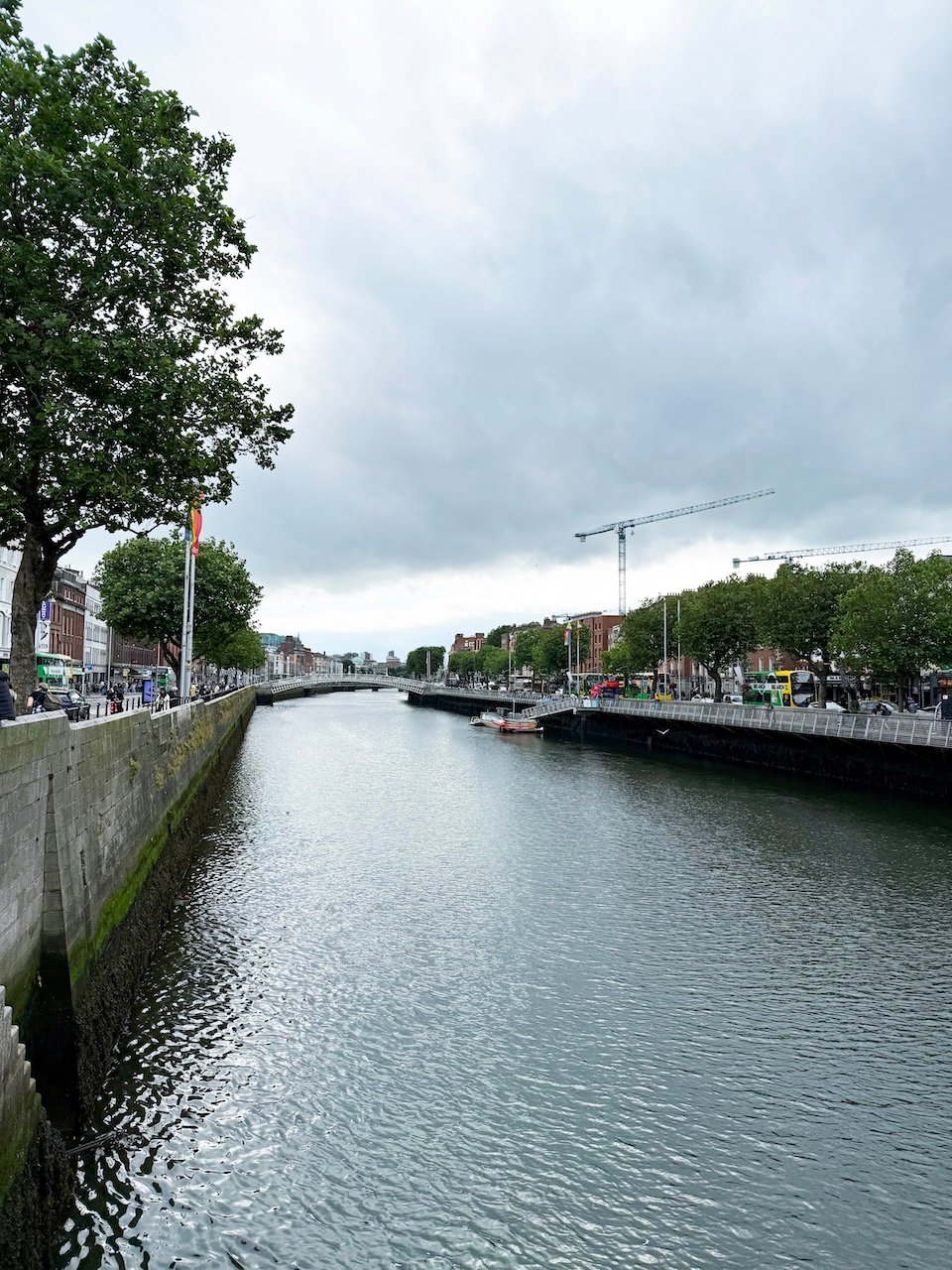
North City Centre (Dublin 1)
Located just across the River Liffey, the North City Centre (also referred to Dublin 1 thanks to its postal code) is an energetic and diverse part of the city. The North City Centre is where you will find O'Connell Street, Dublin's main thoroughfare, along with the General Post Office. The area also includes Henry Street, a major shopping destination with department stores, the Ilac Centre, and the nearby Jervis Shopping Centre. While parts of this district can feel busy and a bit chaotic, its central location makes it convenient for exploring both the north and south sides of Dublin. Hotels in this area are also typically less expensive than the South City Centre and Temple Bar neighborhoods, making it a great area to stay if you are traveling to Dublin on a budget. While Lauren has stayed in the North City Centre neighborhood previously, she prefers staying in the South City Centre and Temple Bar neighborhoods. With that being said, some of the most highly rated hotels in the neighborhood include:
The Liberties
As one of Dublin's oldest neighborhoods, The Liberties is located just went of the South City Centre. The Liberties is best known for being home to the Guinness Storehouse and the historic St. Patrick's Cathedral, the largest church in Ireland. The Liberties is a great place to stay if you are looking for a more authentic, less touristy experience that still offers easy access to main of the top things to do in Dublin. While we have not personally stayed in The Liberties, we have friends who have (and rave about staying here) and recommend the hotel listed below.
Hotel in The Liberties
Kilmainham
Just beyond The Liberties is Kilmainham, a quiet and culturally rich neighborhood steeped in Irish history. The area is home to Kilmainham Gaol, a former prison-turned-museum that played a pivotal role in Ireland's fight for independence. Nearby is the Irish Museum of Modern Art (IMMA), housed in the grand Royal Hospital Kilmainham. You will also find expansive green spaces like the gardens of IMMA and the nearby Phoenix Park, one of the largest city parks in Europe. Kilmainham offers a quiet stay, with strong public transportation links back to the city center. While we have not stayed in Kilmainham, one of the highest-rated hotels in the area is listed below.
Hotel in Kilmainham
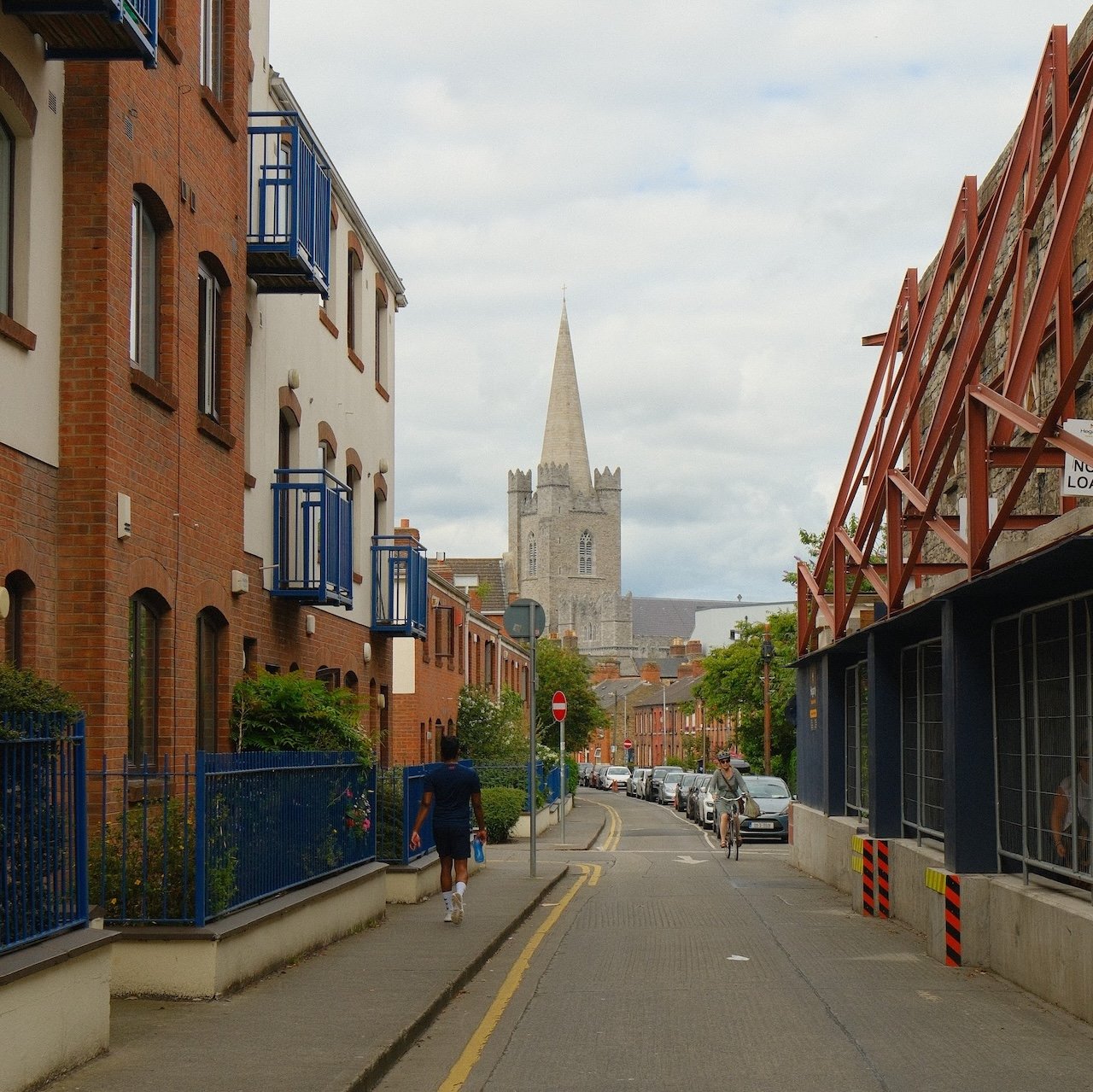
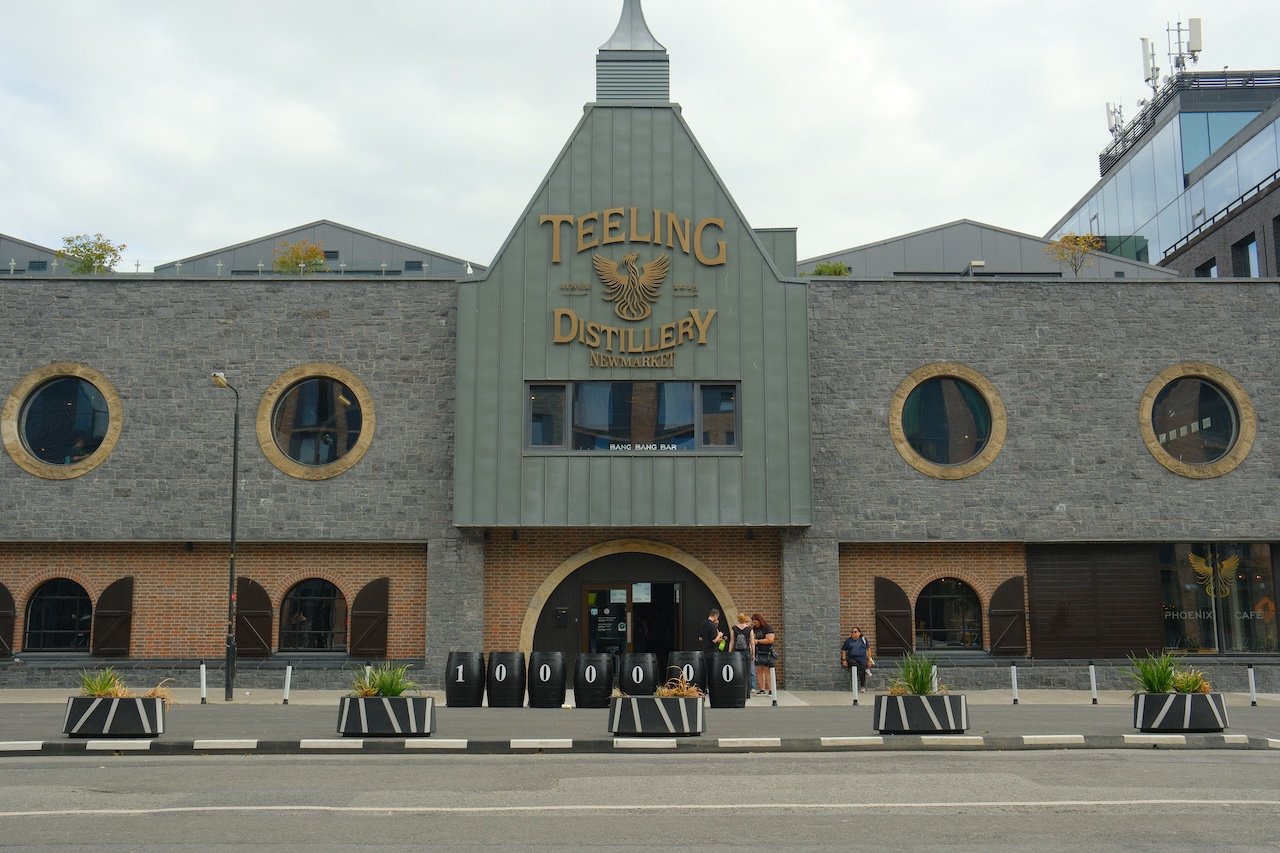
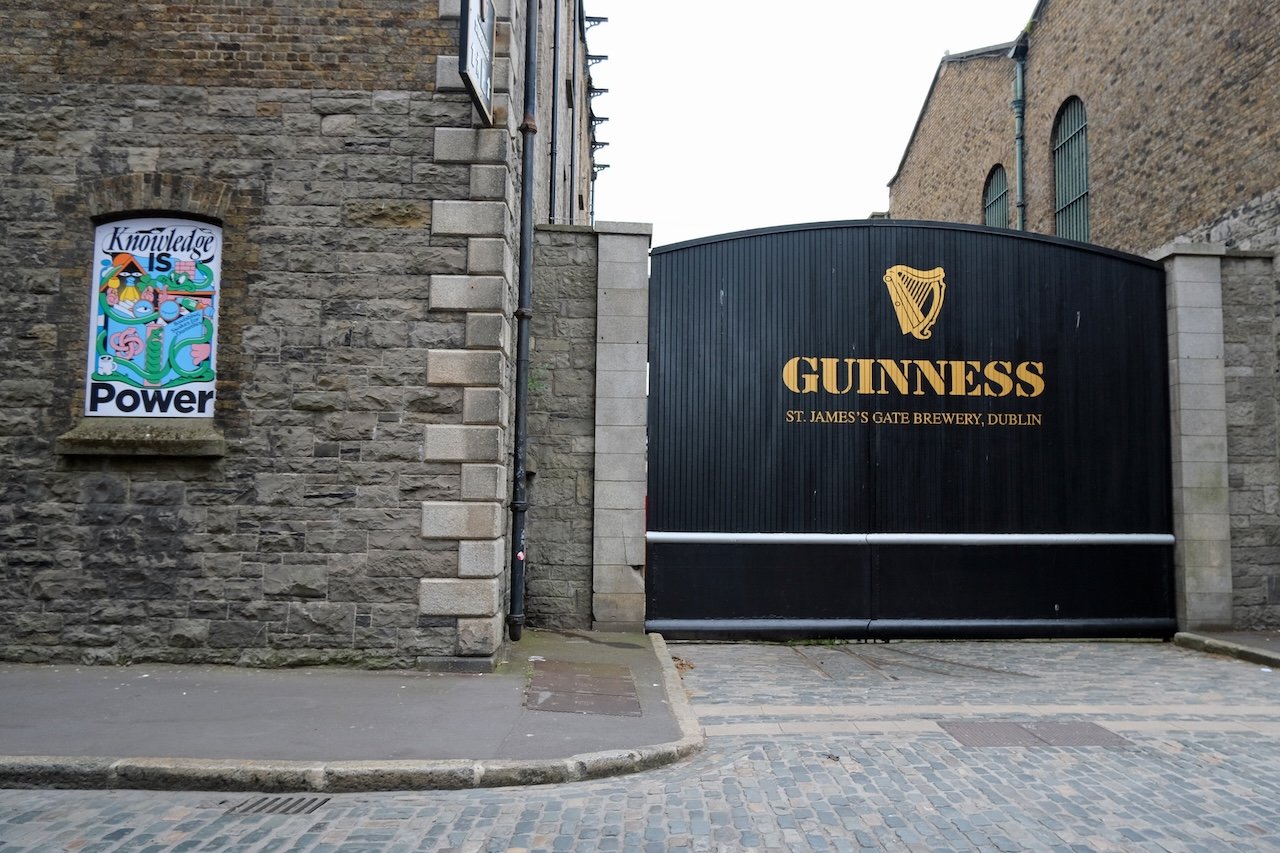
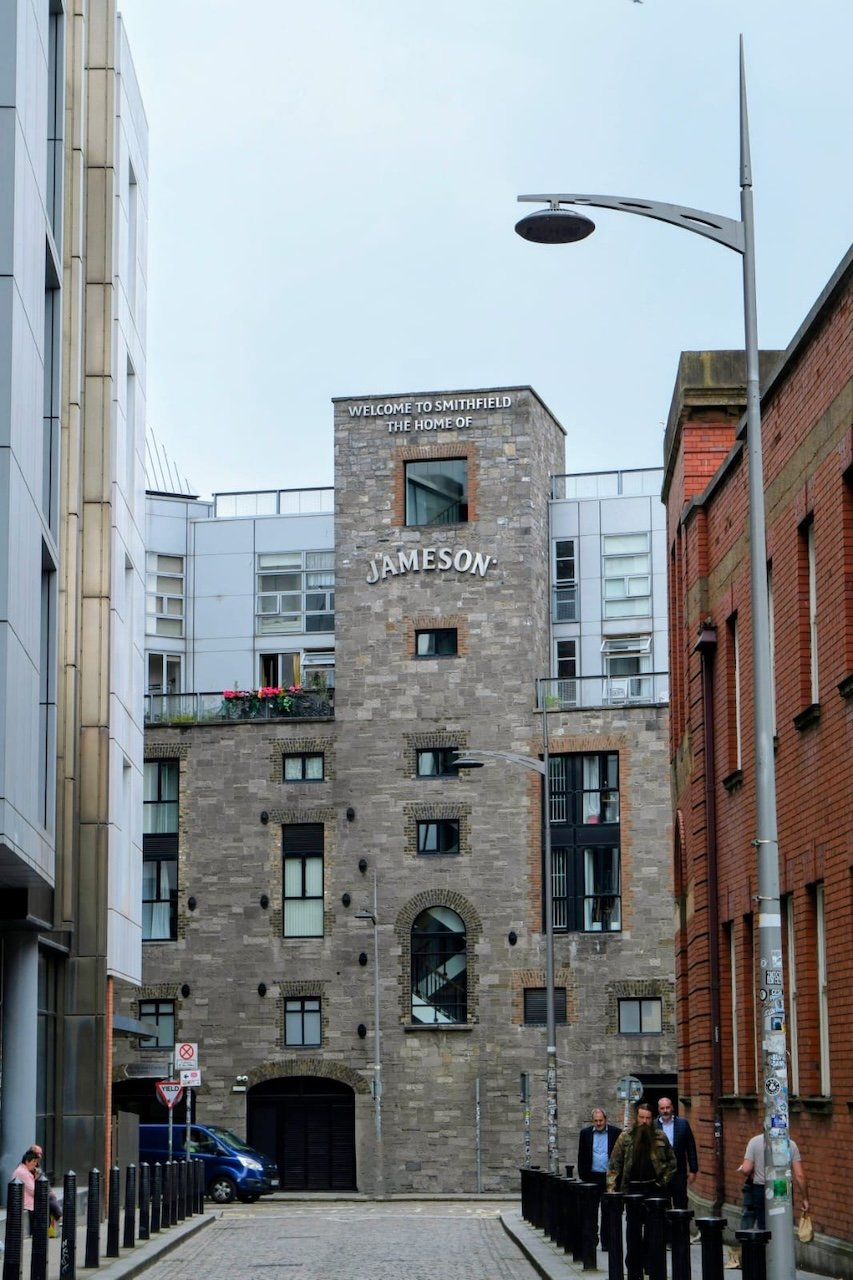
Smithfield
Smithfield is an up-and-coming neighborhood that has undergone major redevelopment in recent years. It sits just west of Dublin 1, offering a less touristy and more relaxed atmosphere, while still being within walking distance of major attractions. Highlights of Smithfield include: the Jameson Distillery Bow St. and the Lighthouse Cinema. Smithfield is a great choice for travelers looking for a mix of old and new Dublin, with easy access to the city center, and less expensive hotels. While we have not stayed in Smithfield, a few highly rated hotels are listed below.
Hotels in Smithfield
Stoneybatter
Often described as one of Dublin's coolest neighborhoods, Stoneybatter is located northwest of the city center, just beyond Smithfield. The neighborhood is characterized by a strong community vibe and is popular with artists, young professionals, and foodies. The neighborhood is close to Phoenix Park and Dublin Zoo. Stoneybatter is a bit more removed from the tourist trail in Dublin, but that is part of its appeal. The neighborhood is ideal for travelers looking to explore a more authentic side of Dublin. While we have not stayed in Stoneybatter, one of the best hotels in the area is listed below.
Hotel in Stoneybatter
Dublin Travel Guide Quick Links
Day Trips from Dublin

Galway
Looking for more Dublin content?
Check out the Jetset Seeker Blog!

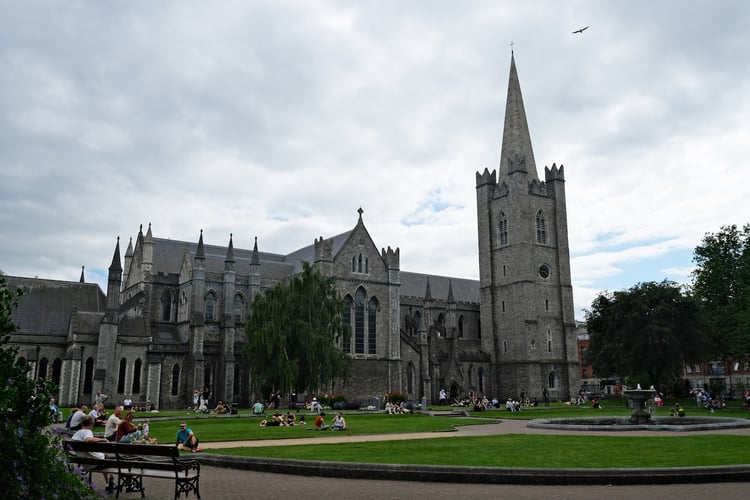
Nearby Destinations
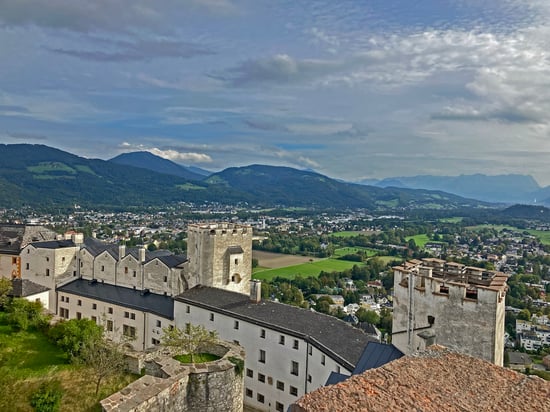
Salzburg, Austria

Munich, Germany
Dublin Travel Guide Quick Links
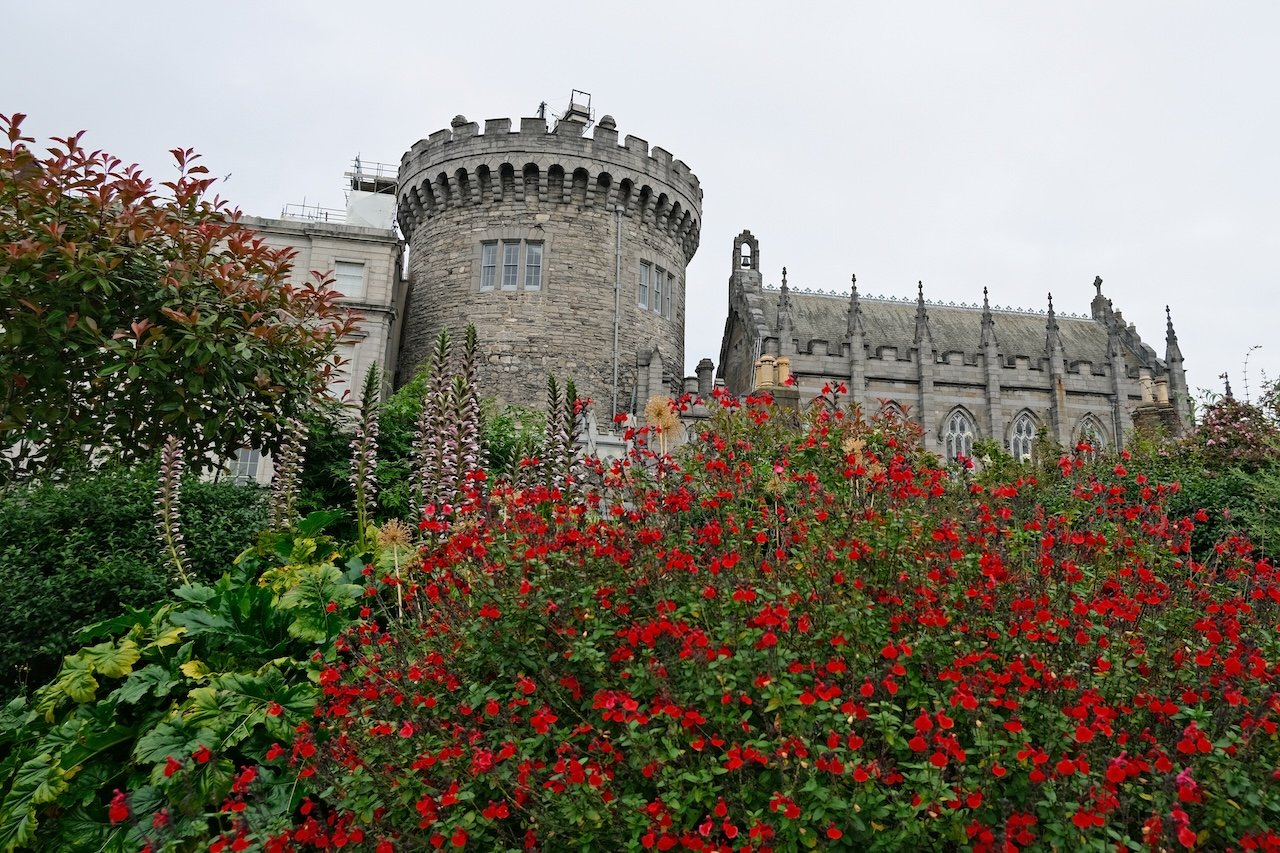
Our Dublin Travel Guide & Trip Planning Resources
Curious about the resources that shaped our trip to Dublin? Dive into the links below for additional insights and valuable information we used to plan our own trip.
What other honeymooners say


Laboris nisi ut aliquip ex ea commodo consequat. Duis aute irure dolor in reprehenderit in voluptate velit esse cillum dolore eu fugiat nulla pariatur. Excepteur sint occaecat cupidatat non proident, sunt in culpa qui officia deserunt mollit anim id est laborum.”
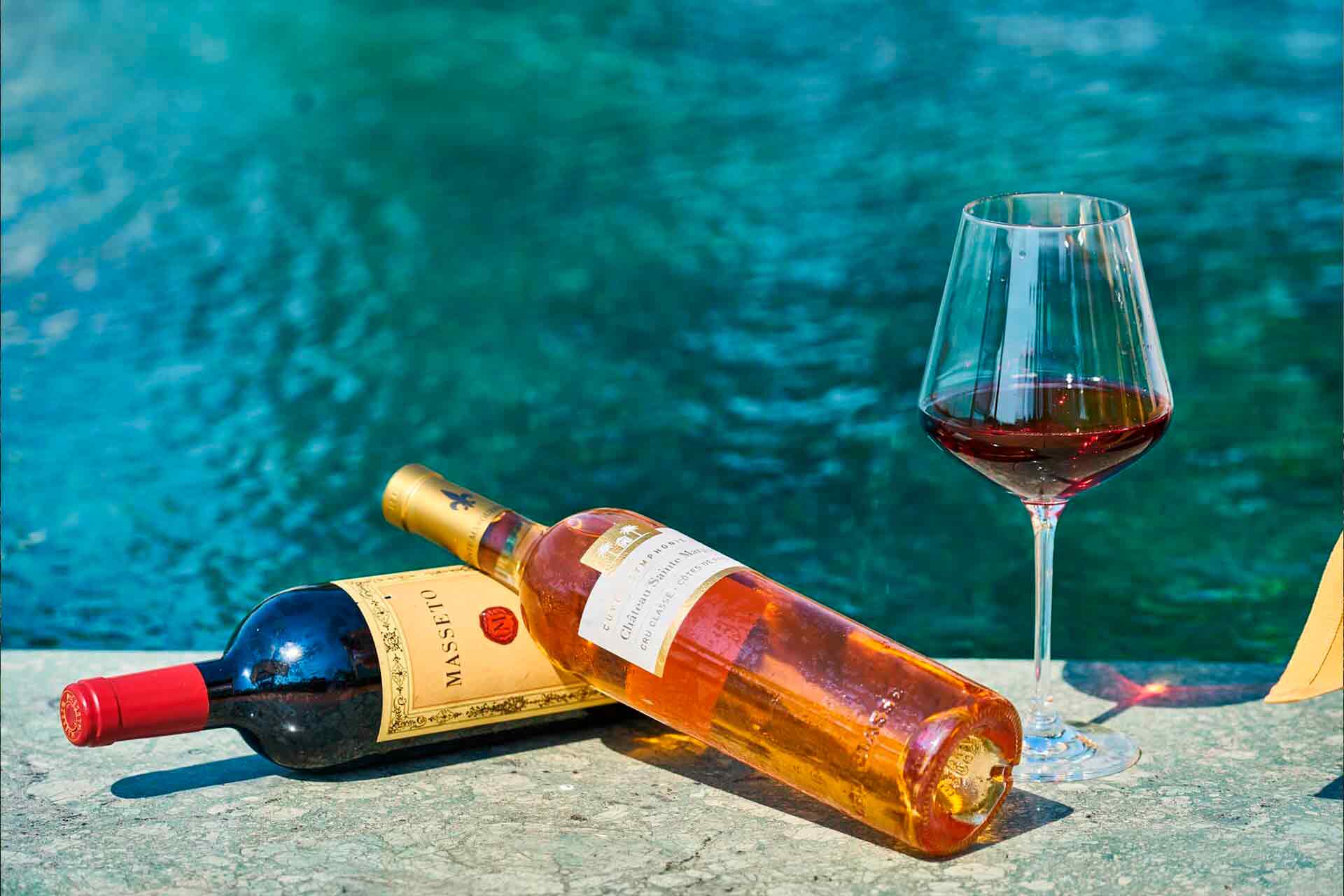

Laboris nisi ut aliquip ex ea commodo consequat. Duis aute irure dolor in reprehenderit in voluptate velit esse cillum dolore eu fugiat nulla pariatur. Excepteur sint occaecat cupidatat non proident, sunt in culpa qui officia deserunt mollit anim id est laborum.”


Laboris nisi ut aliquip ex ea commodo consequat. Duis aute irure dolor in reprehenderit in voluptate velit esse cillum dolore eu fugiat nulla pariatur. Excepteur sint occaecat cupidatat non proident, sunt in culpa qui officia deserunt mollit anim id est laborum.”
Tokyo Itineraries


%20(1).png?width=3690&height=2079&name=Jetset%20Seeker%20Logo%20(Banner)%20(1).png)




